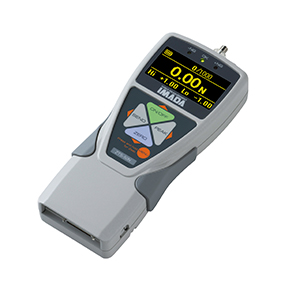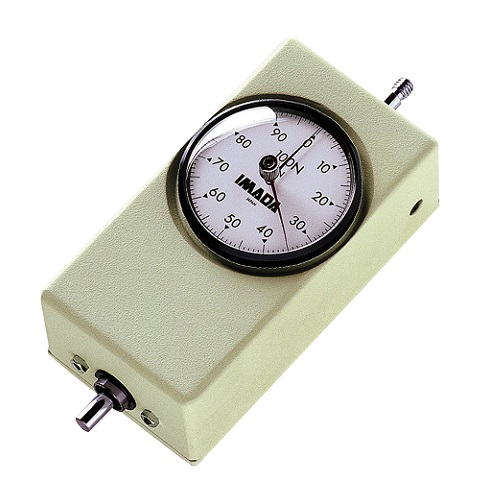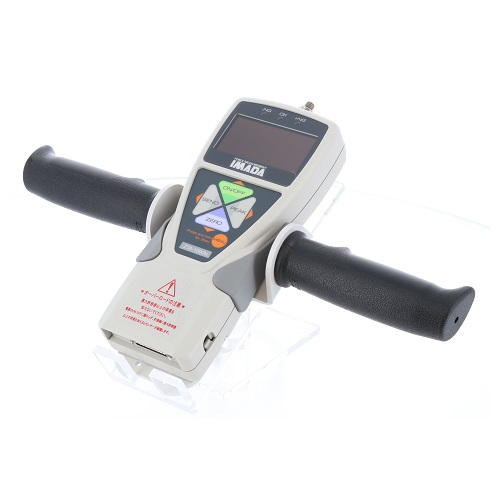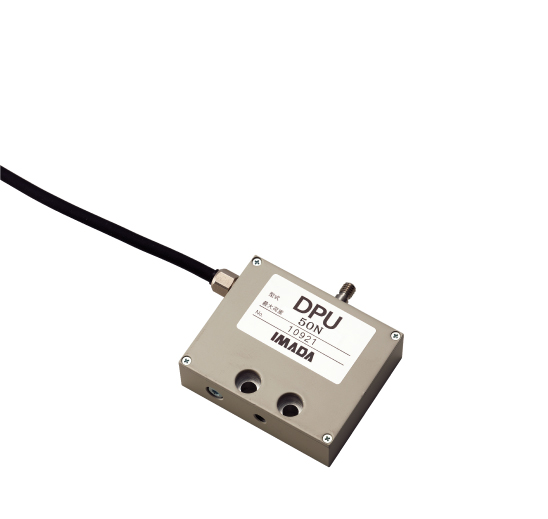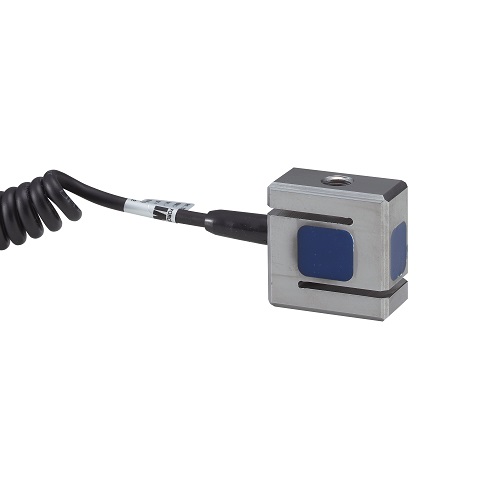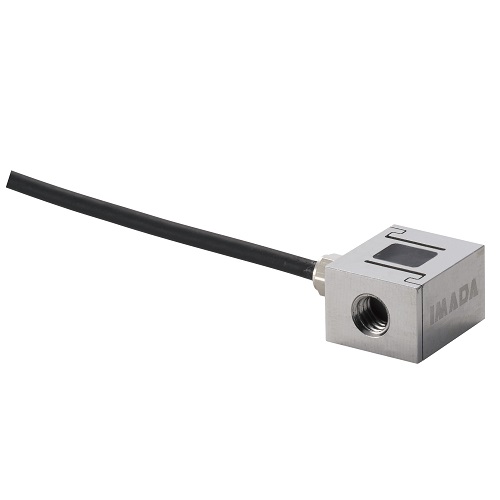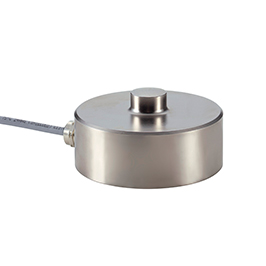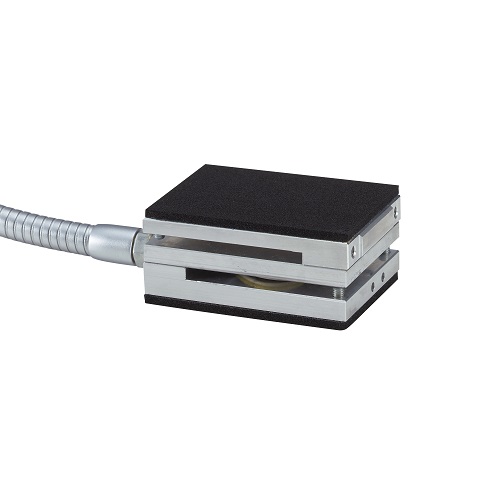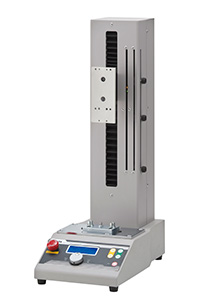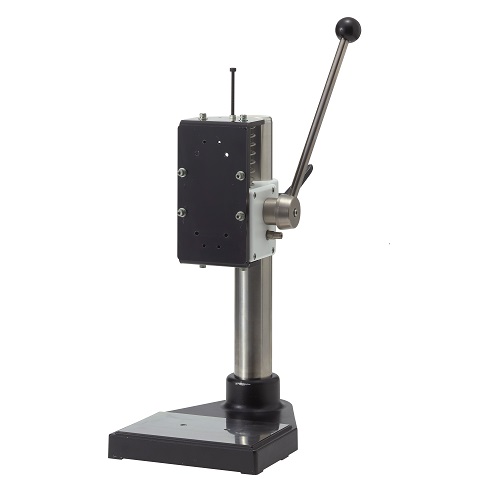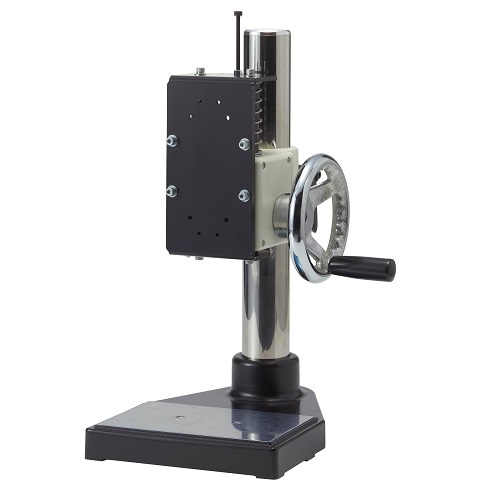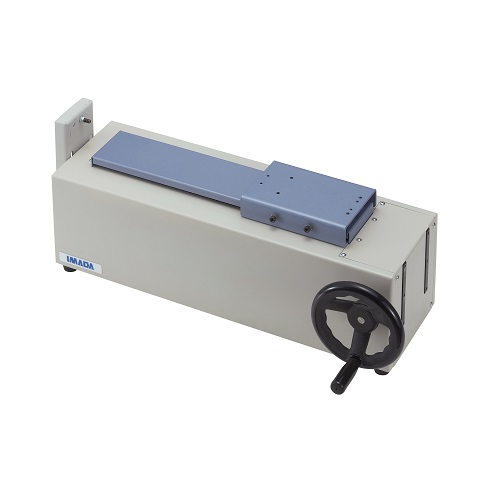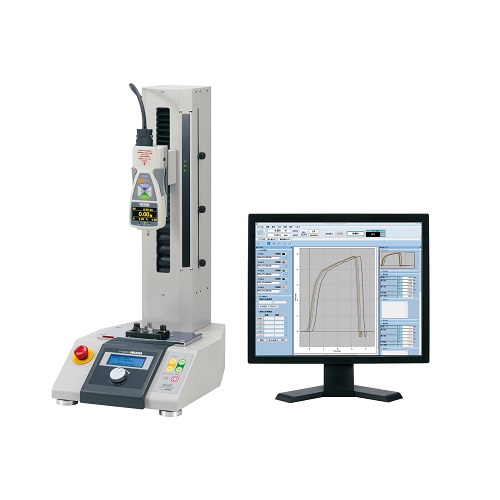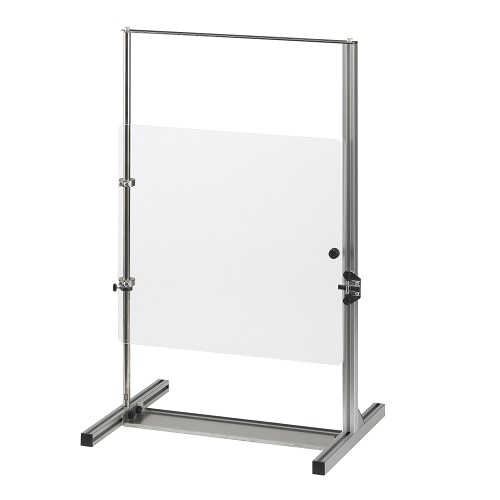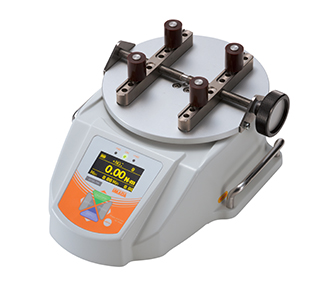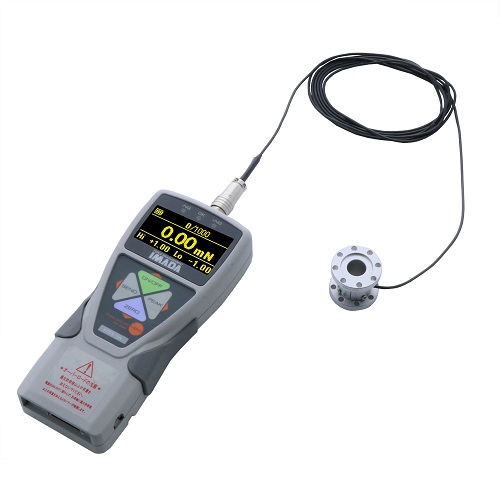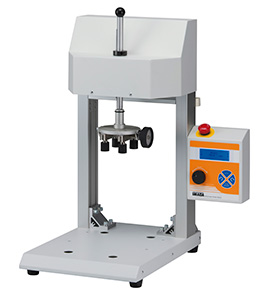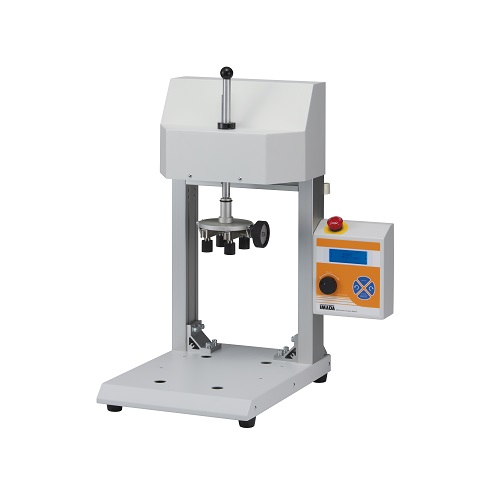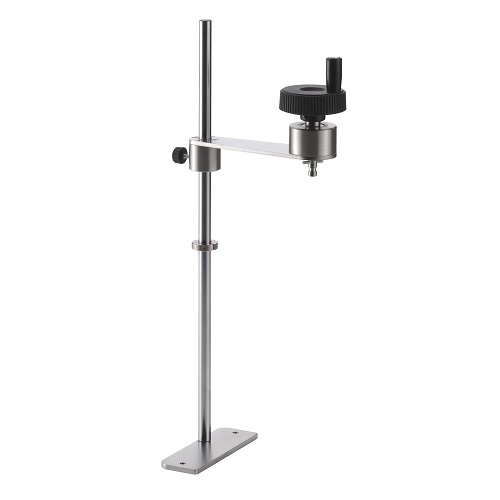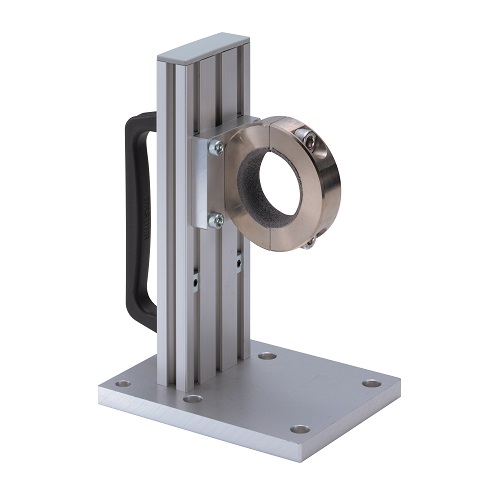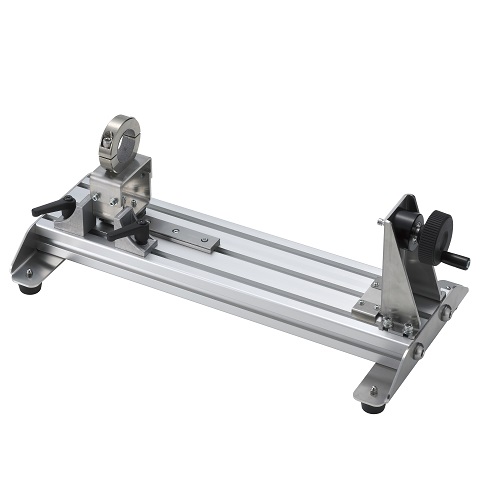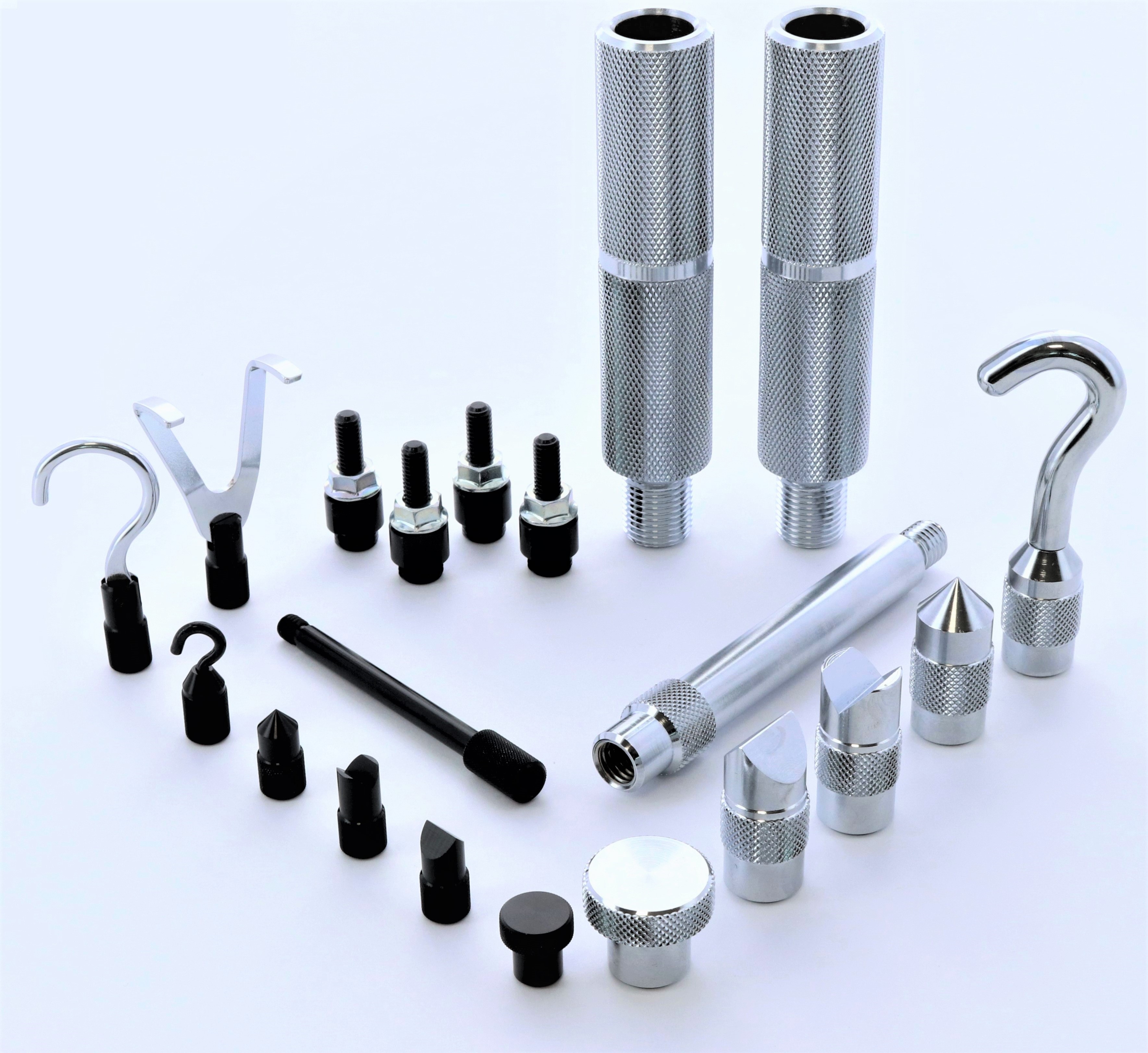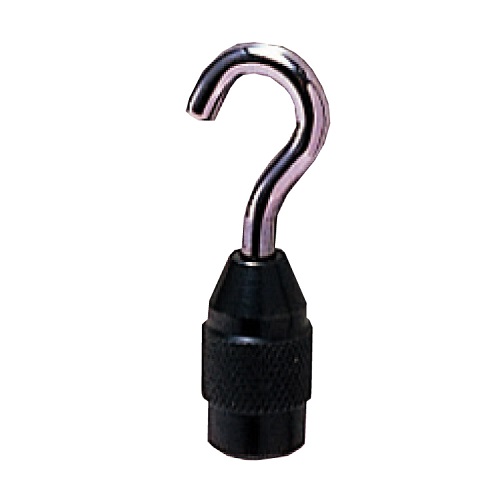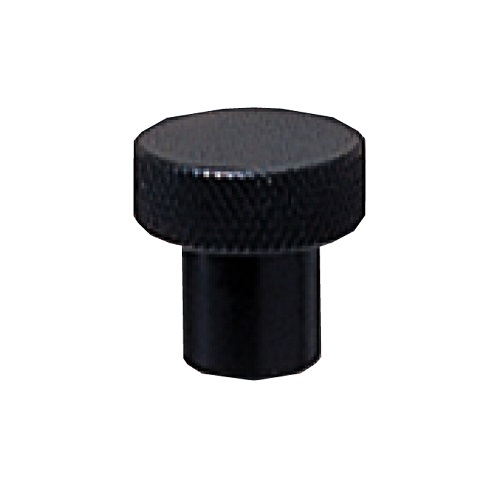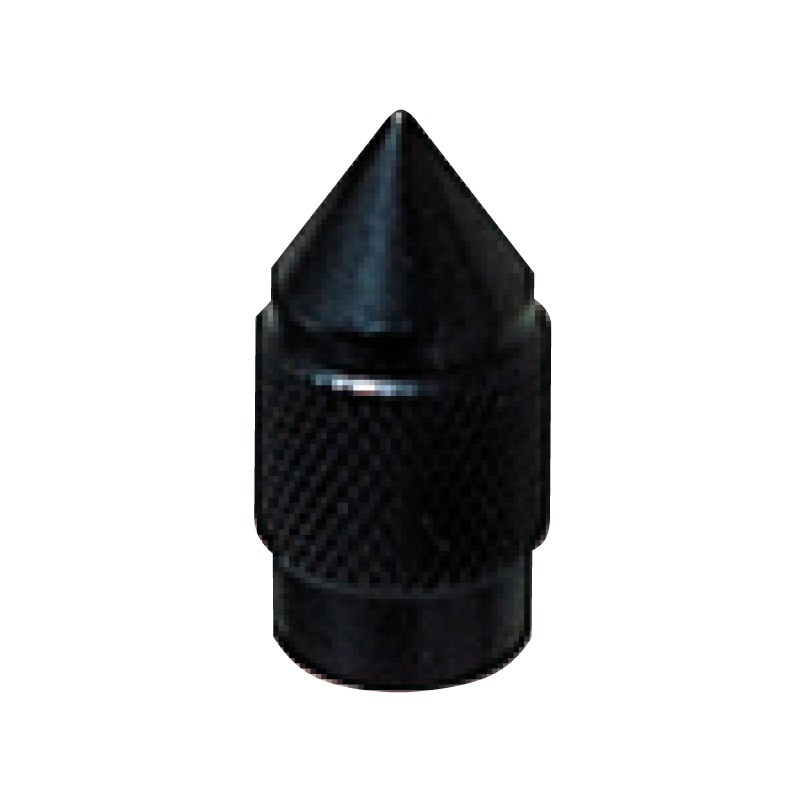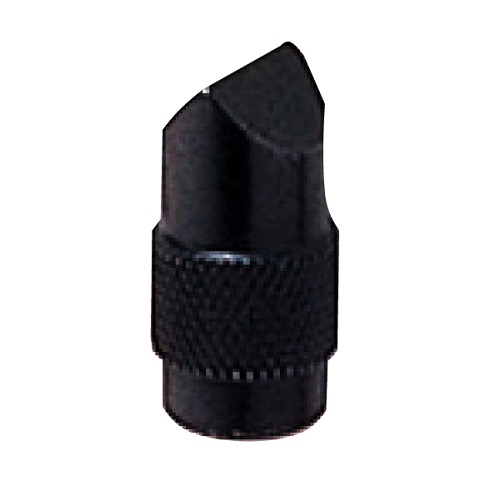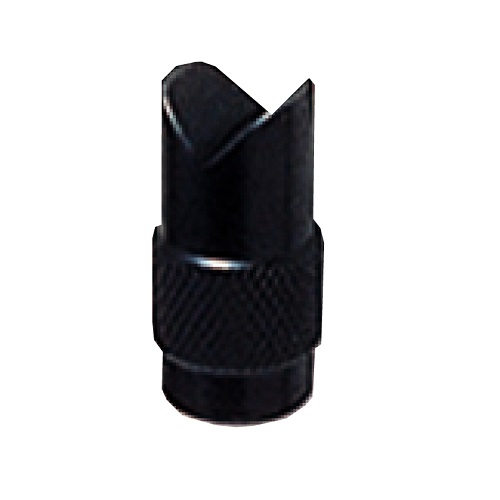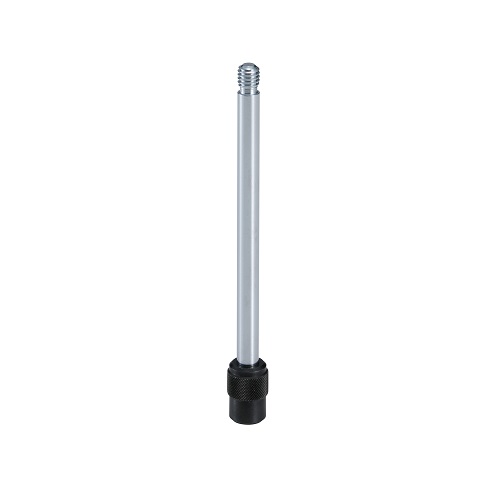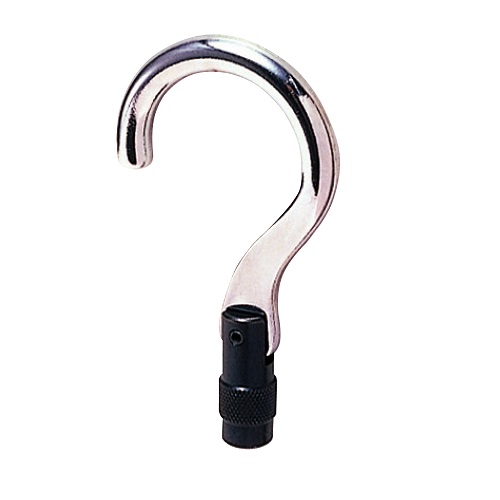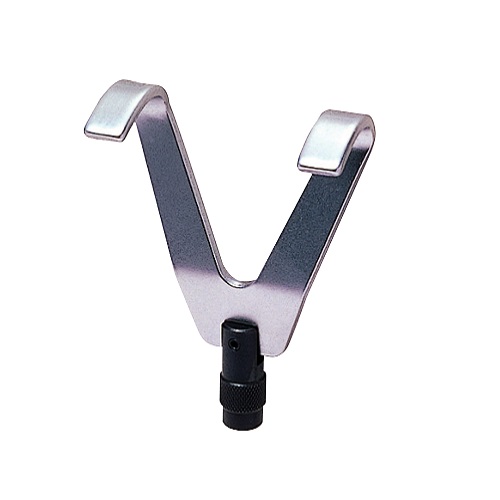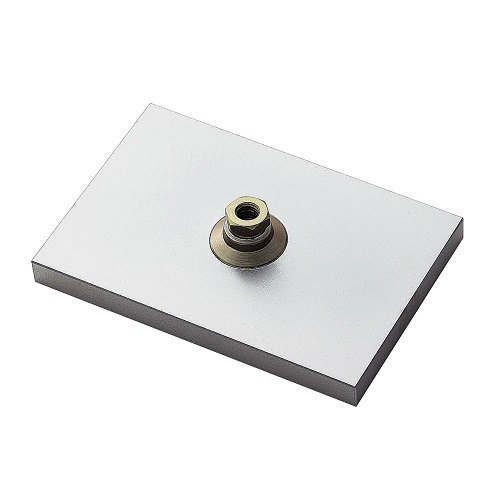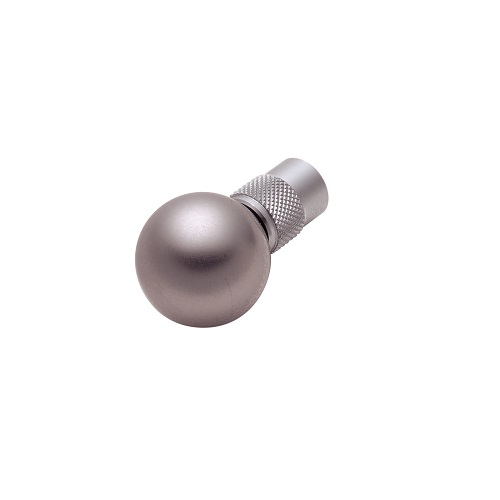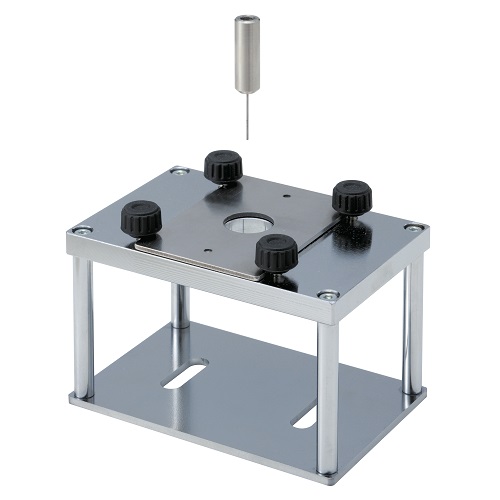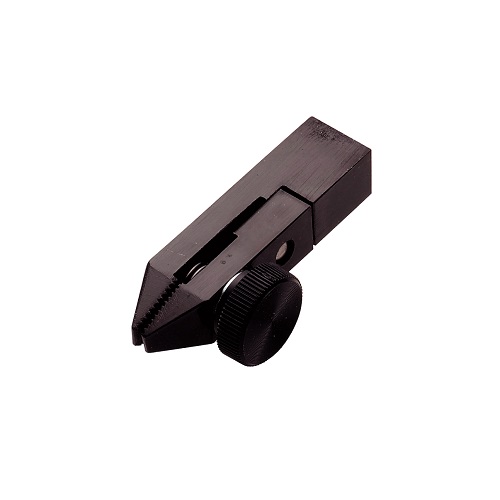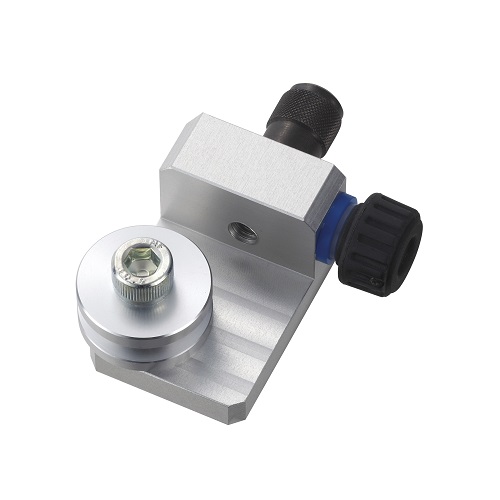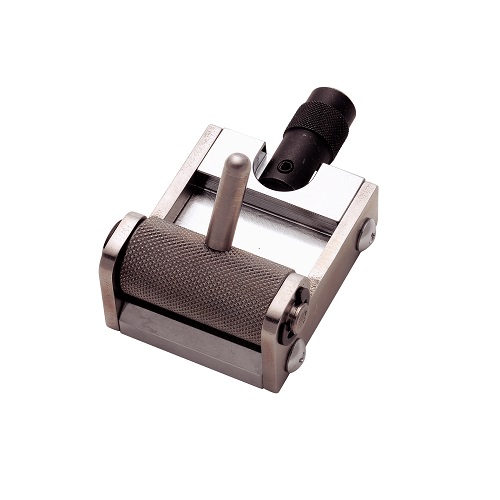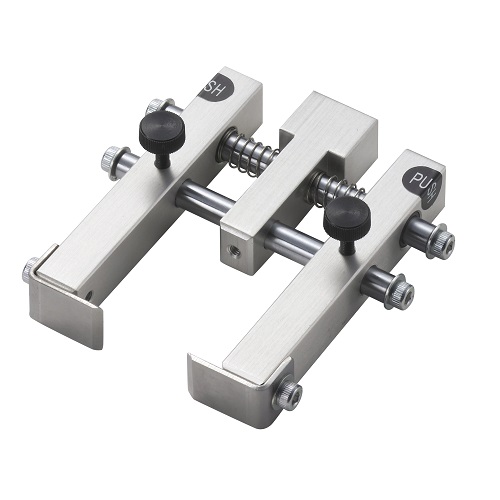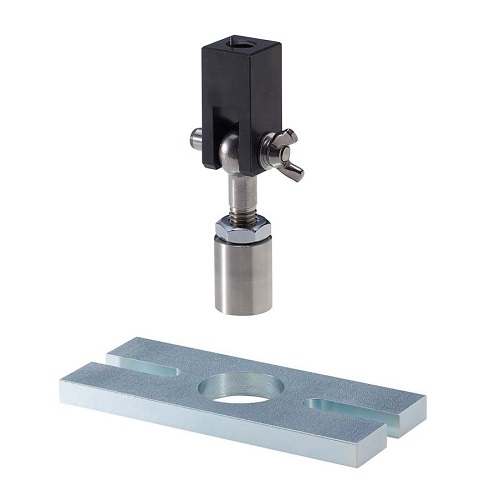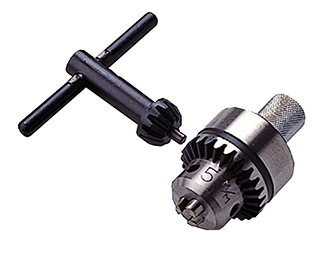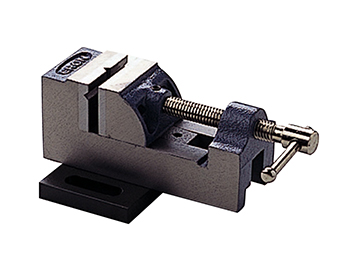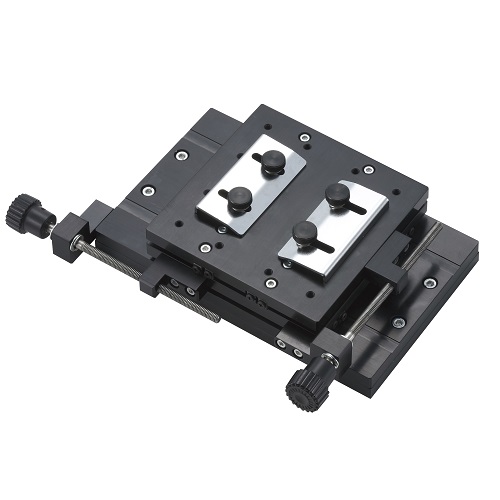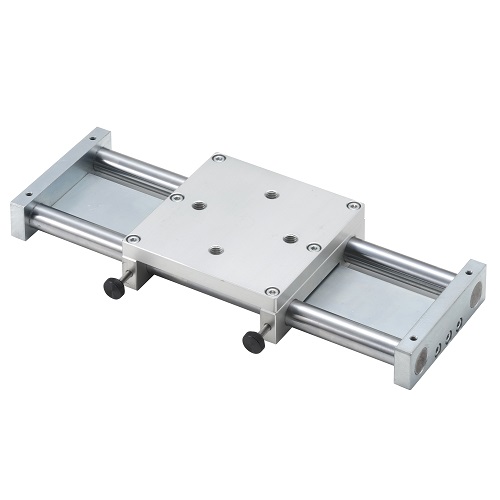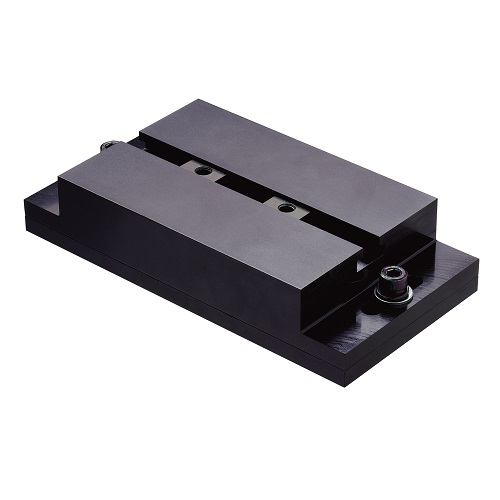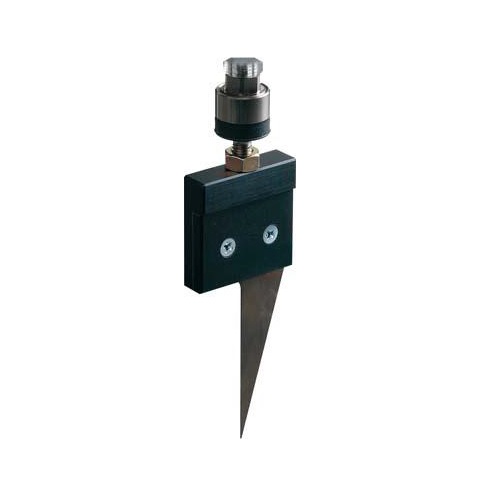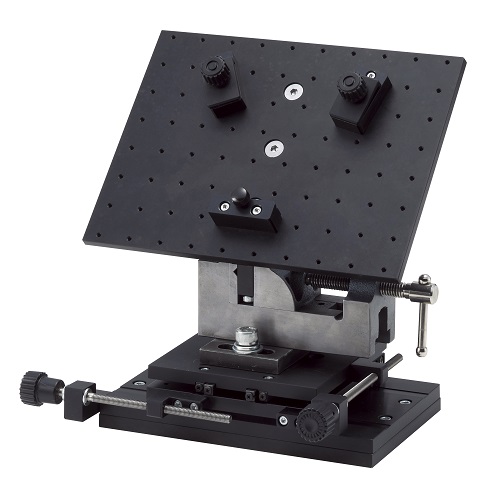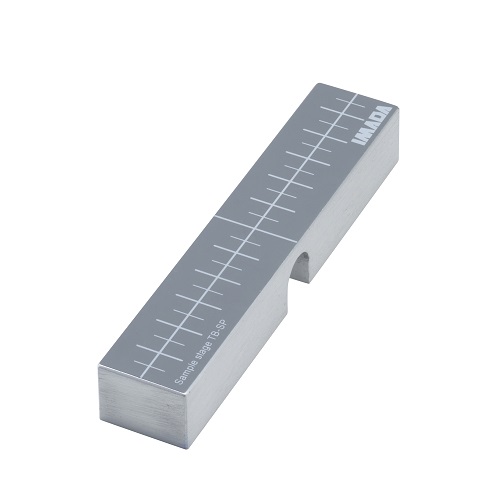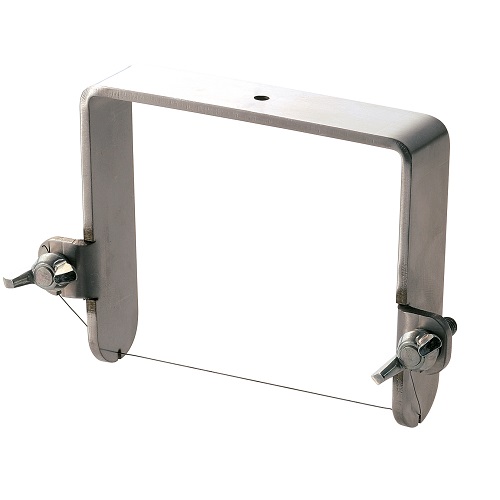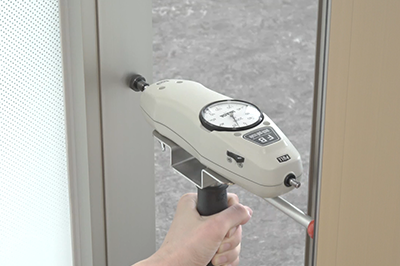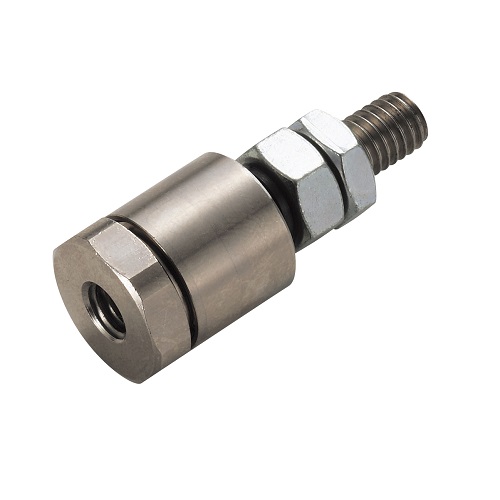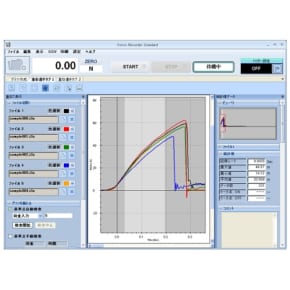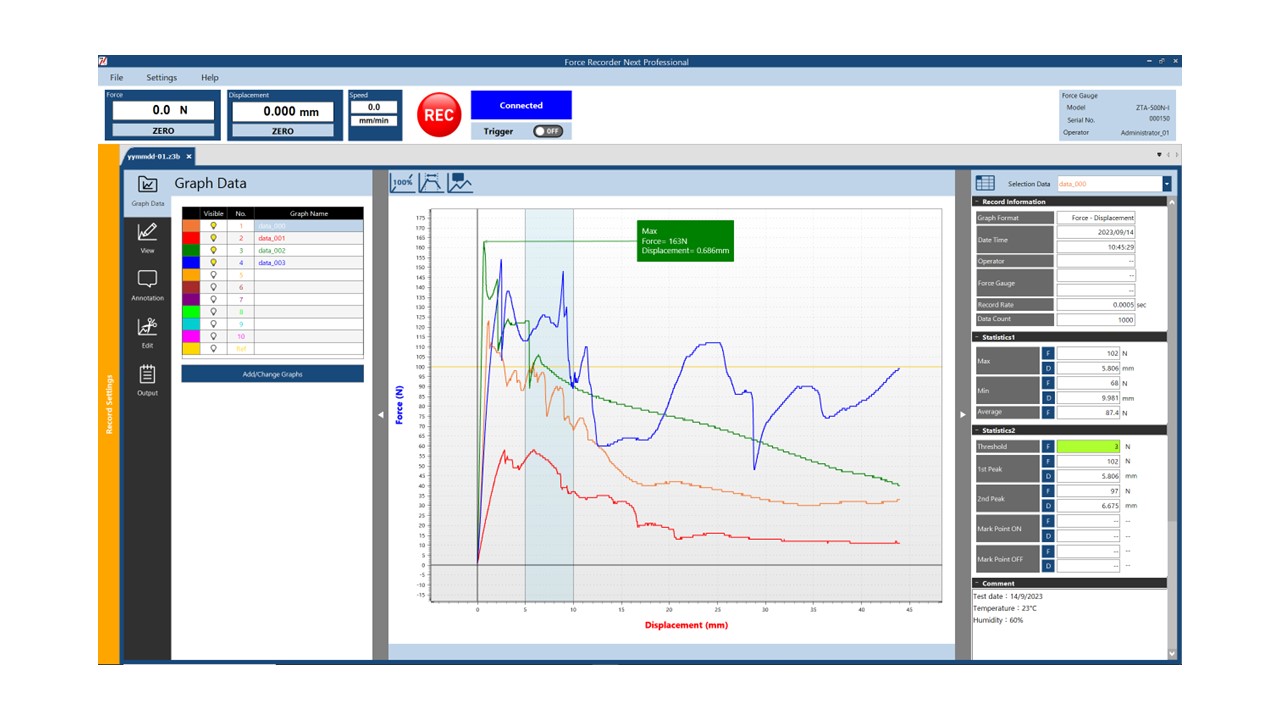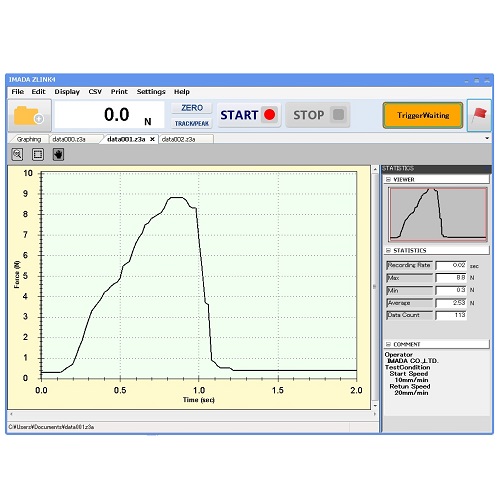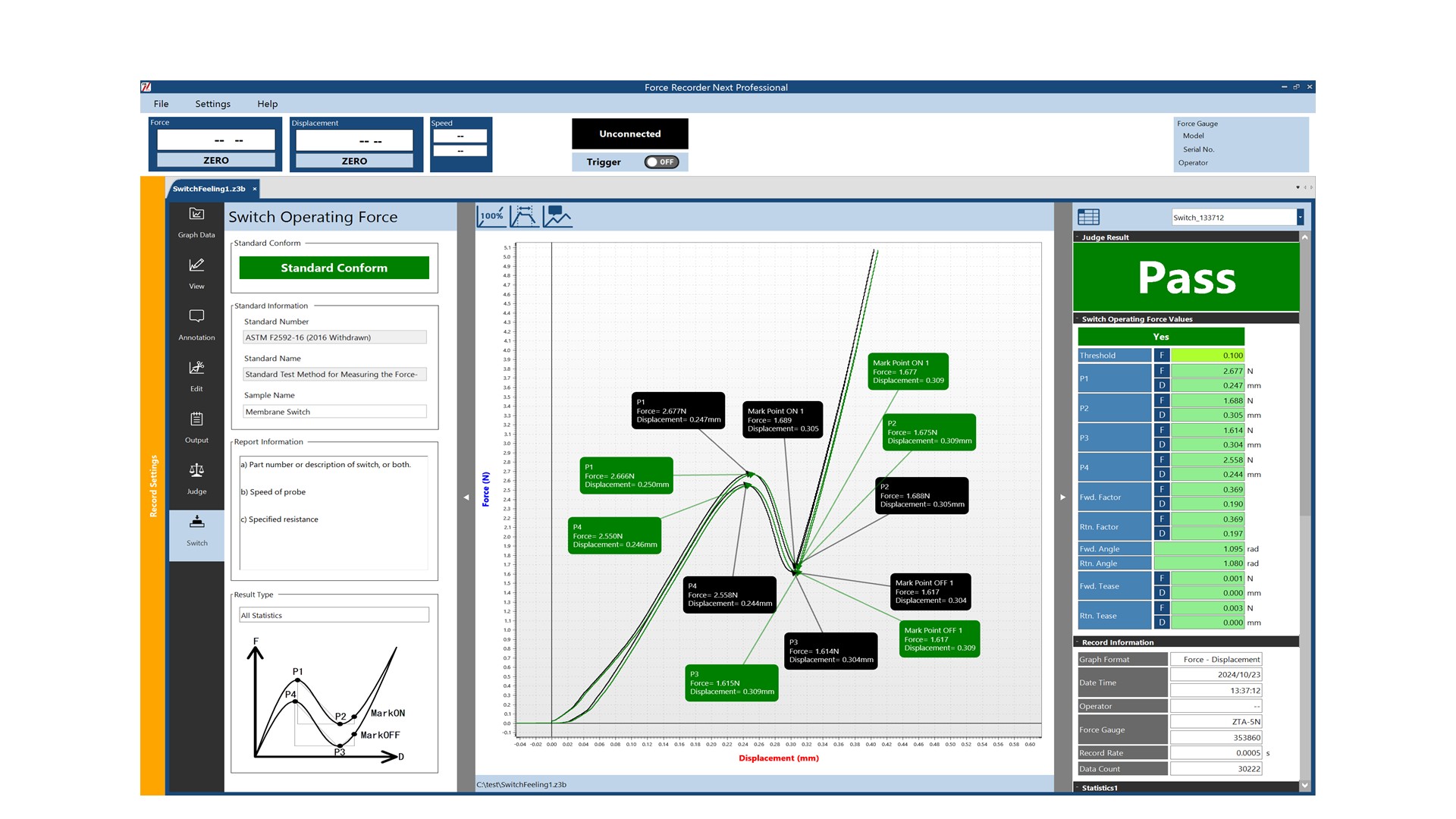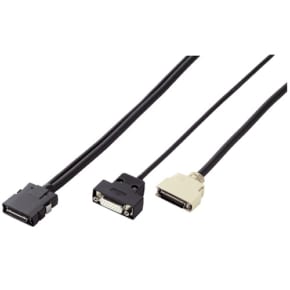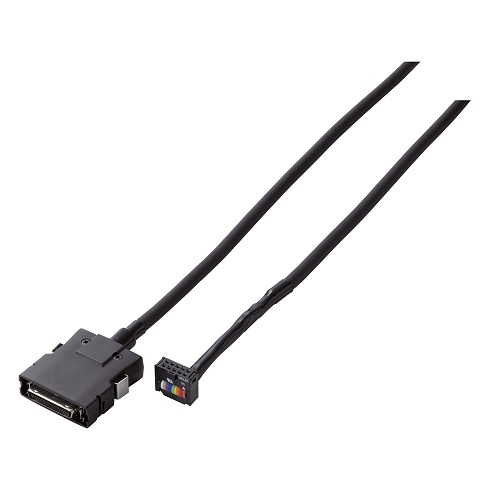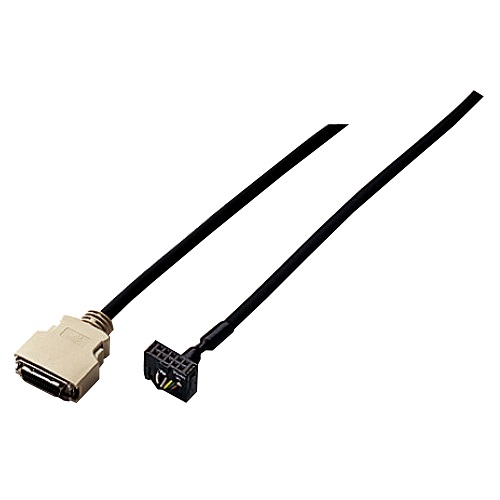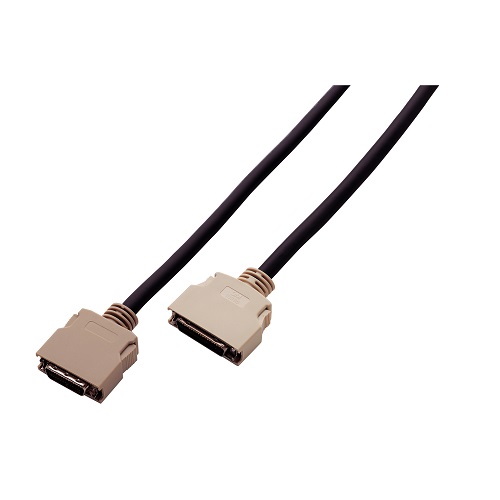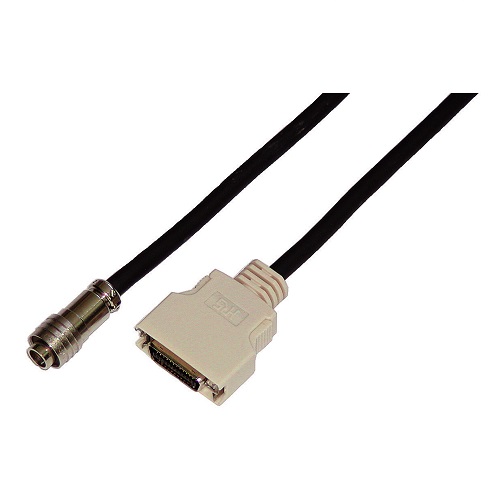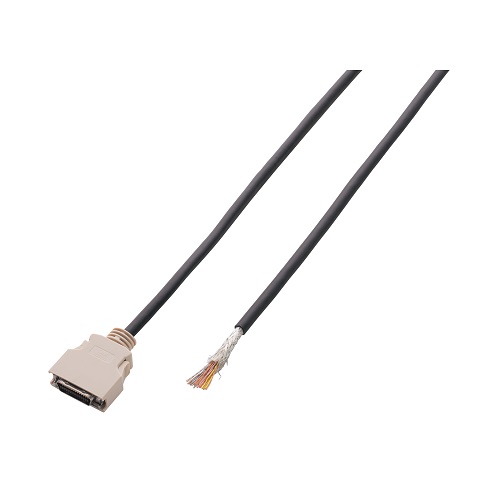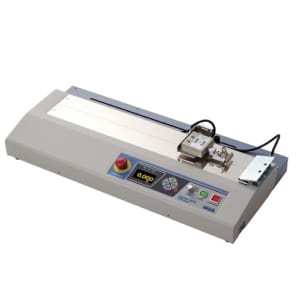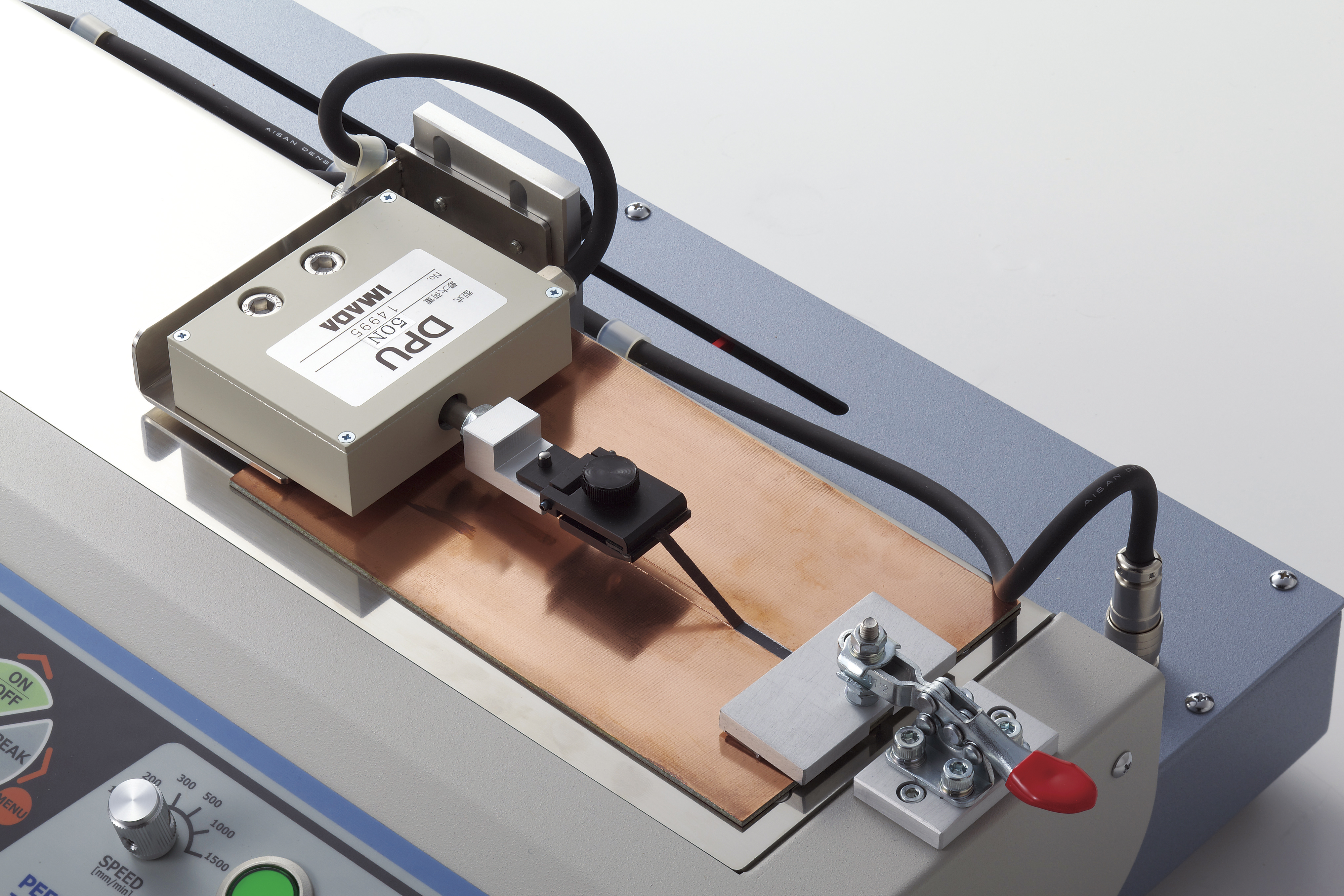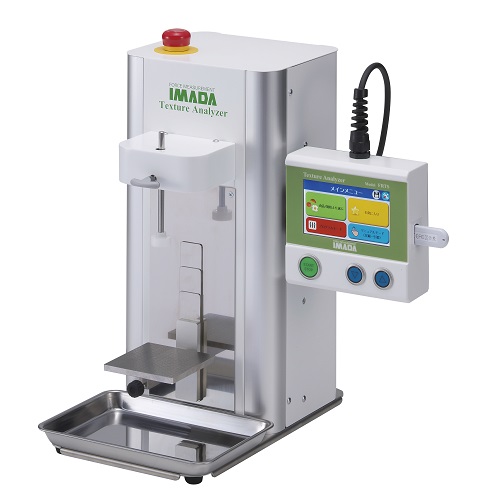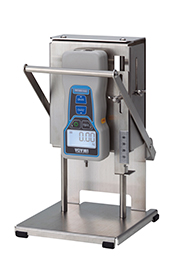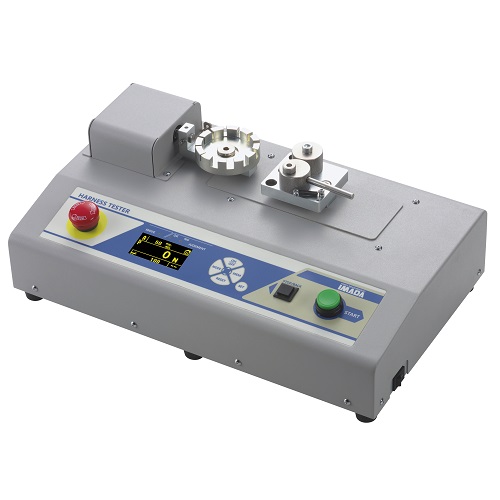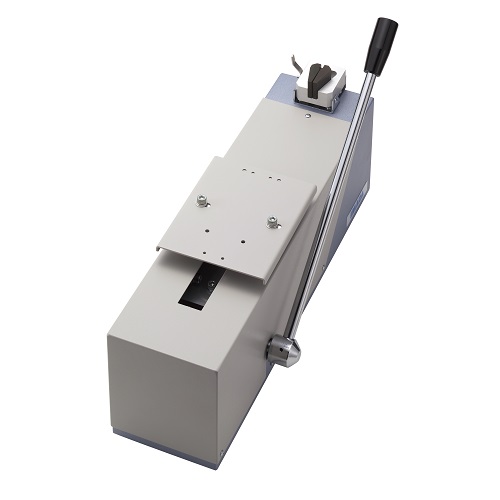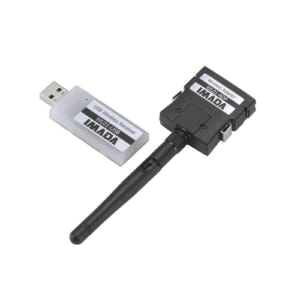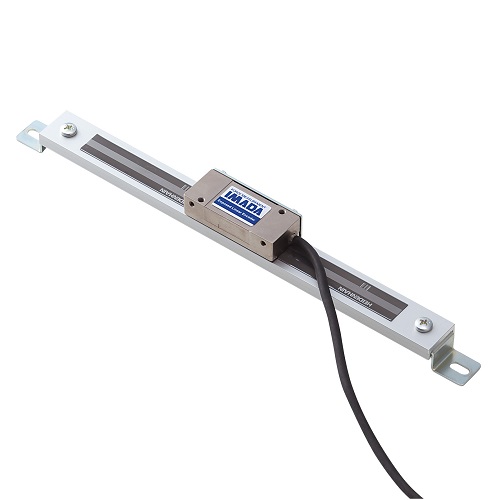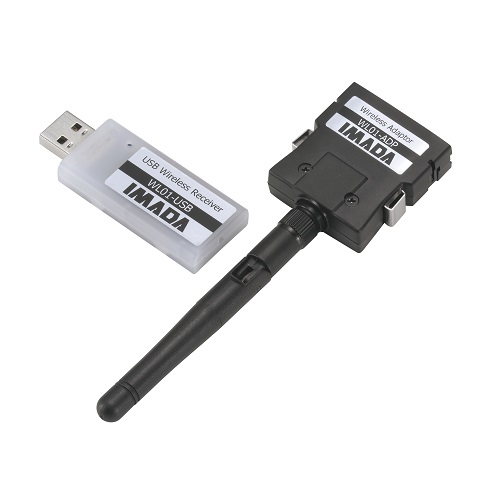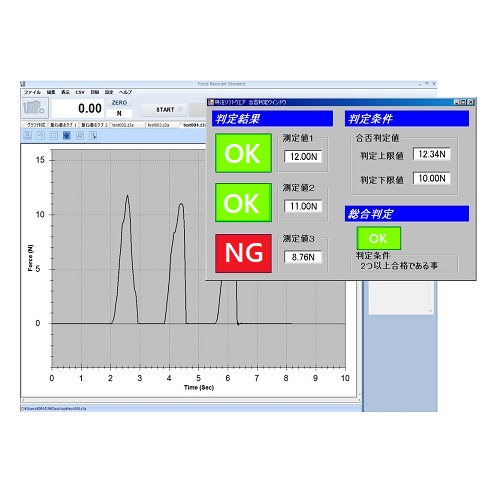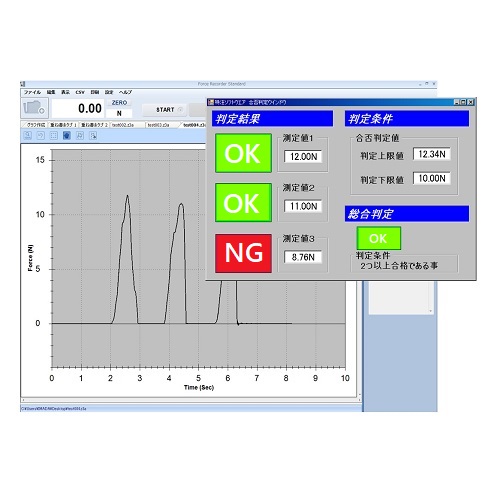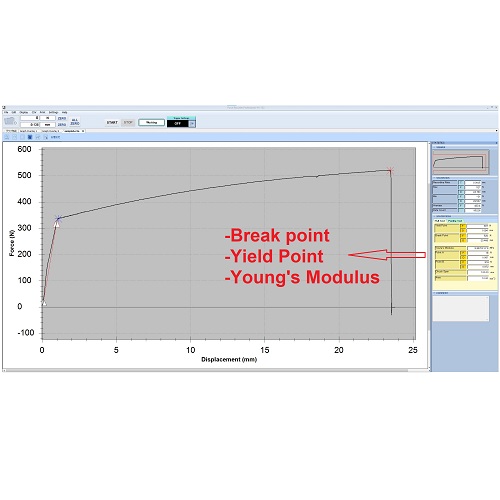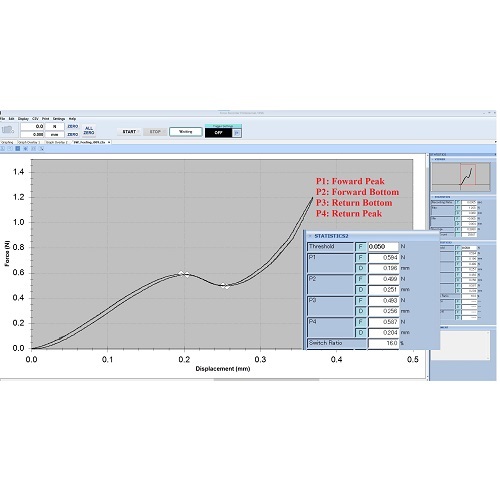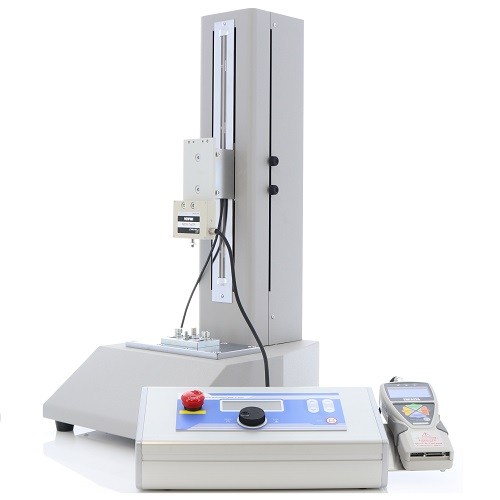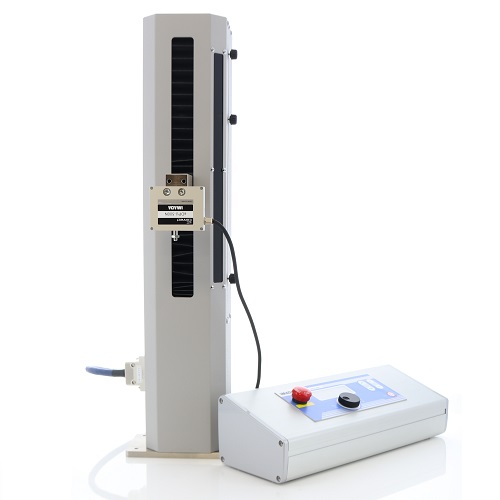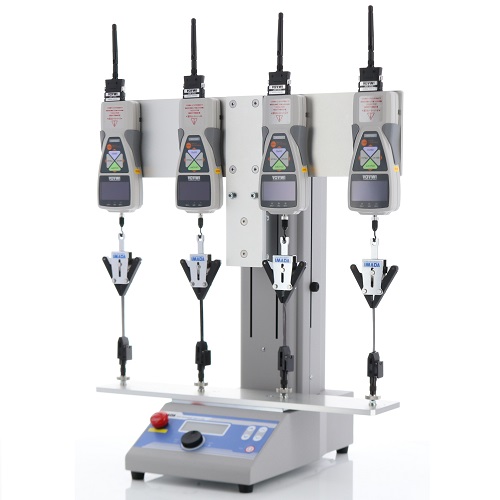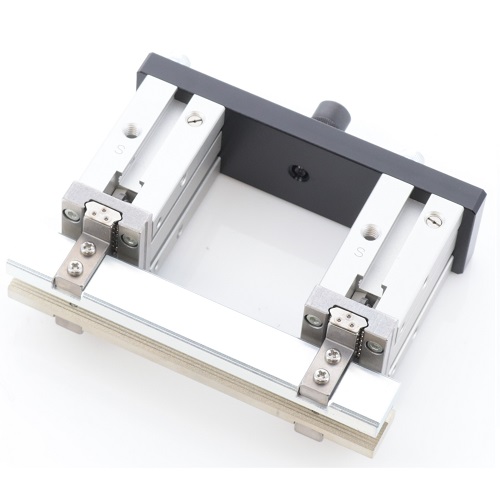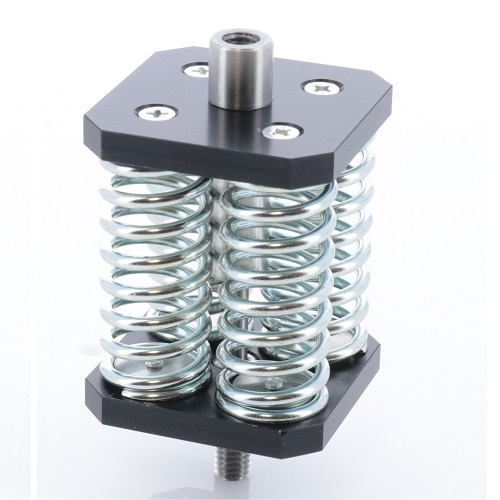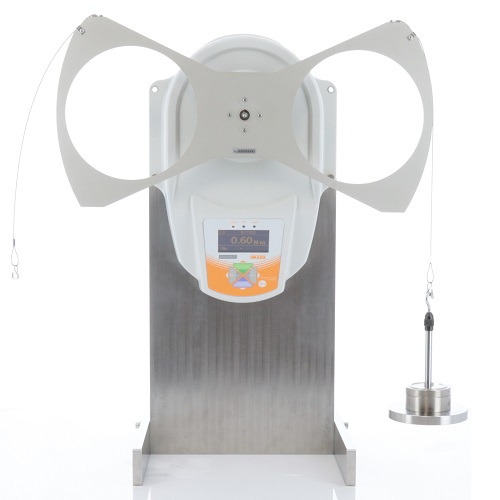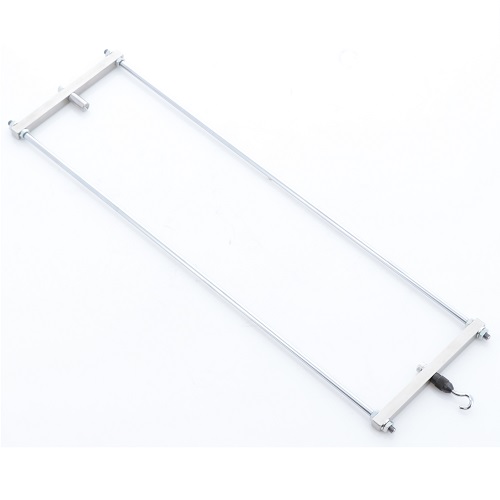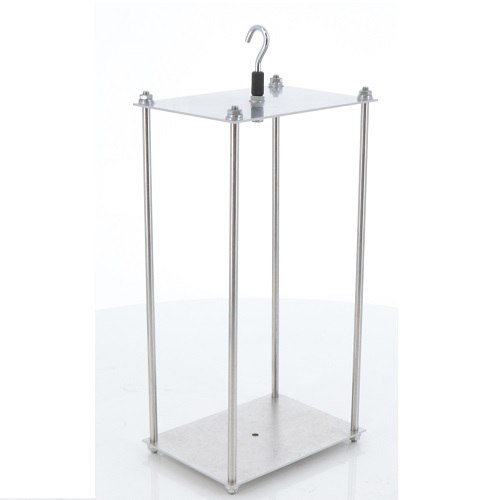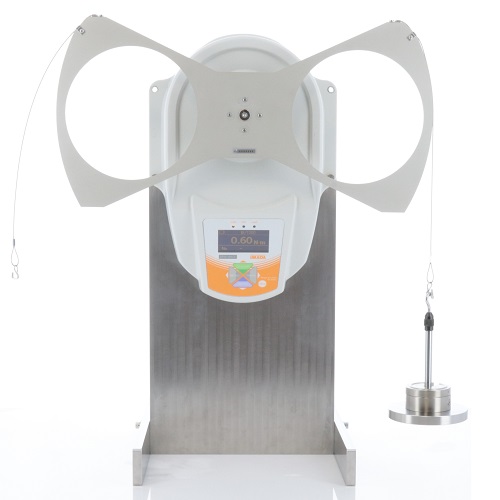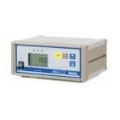Product Search
Solution Search
Searchable by product name, product model or standard.
*To search by solution, switch to “solution search.”
i.e., Load Cells, ZTA-50N, 7864 (for ISO 7864)
Searchable by you force type, industry, standard or product sample.
*To search by product, switch to “product search.”
i.e., Compression, 7864 (for ISO 7864)
SEARCH

Load Cell Overview & How to Use
- Force Measurement IMADA
- PRODUCTS
- Load Cell Overview & How to Use
Load Cell Overview
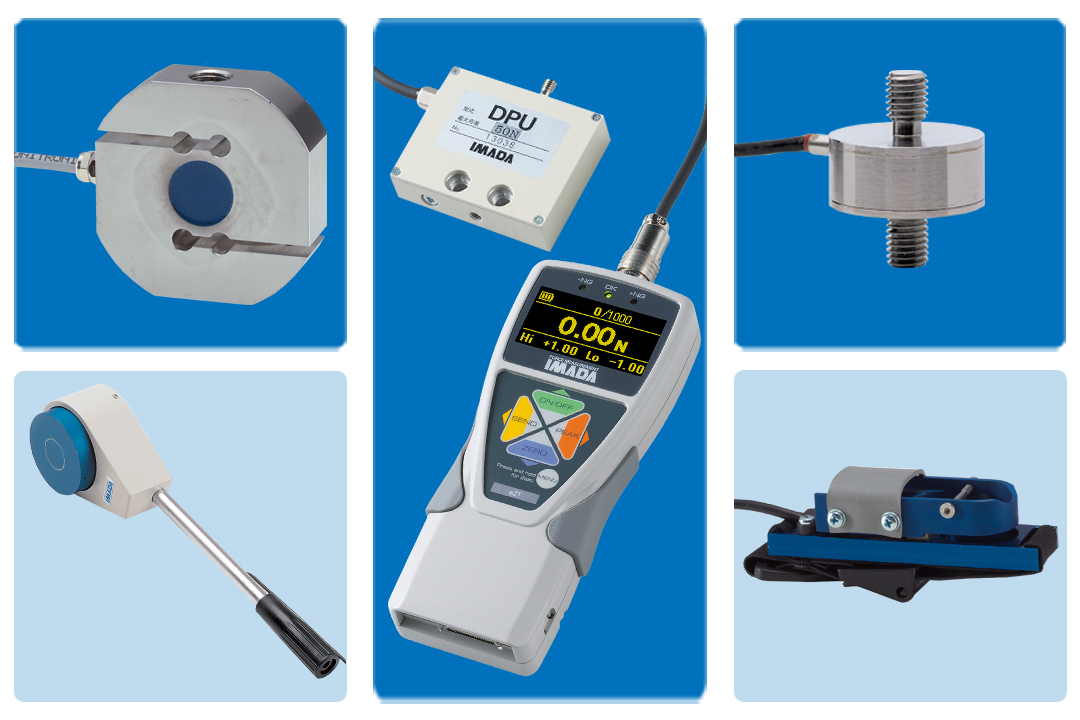
Load Cells, also known as "Load Transducers" or "Load Sensors" are sensor that detects force or torque and converts its magnitude into an electrical signal.
They come in various shapes, such as beam, coin, or S-shape, and can be used for measurement in small spaces or built into specific equipment. There are also particular types with shapes suitable for unique samples such as vehicle handbrakes or footbrakes. Some can be used even in harsh environments such as high/low temperatures, high dust, or exposure to water.
They can be connected to a dedicated amplifier (display unit) to quantify and display the measurement results. Measurement data and pass/fail test value signals can be simply output, allowing for easy management of data, and interlocking of measurement results with equipment.
Although they are rarely seen in everyday, they are used in a variety of production facilities as fundamental. They support our daily lives, i.e., in the form of strength test and operability evaluation of automobile assembly parts and finished car bodies.
Click here to see the complete lineup of load cells.
List of all load cells >
How Best to Select Load Cell

There are five considerations.
1)Shape. Important to use a load cell with a fixing method and size suitable for the measurement space and sample. For example, coin-shaped are small and thin and can be inserted into narrow gaps, making them ideal for measurements in tight or unstable spaces.
2)Measurement Direction. Some are dedicated for compression or tension only, so it is necessary to confirm whether they can handle the measurement you want to make.
3)Measurement Environment. If you want to use them in an environment with restrictions such as temperature, you need select an appropriate type.
4)Maximum Force Value. Selecting a range higher than the expected force value will prevent damage. Especially in the case of frequent force loading, such as in equipment that is constantly in operation, selecting a range with a large margin will increase durability and lead to stable operation. You may also anticipate unintentional large forces, so it is recommended to select a range with a sufficient margin.
5)Measurement Accuracy. The accuracy of the combination of load cell and indicator depends on the type of indicator, and should be selected according to the measurement requirements. Higher accuracy leads to more accurate data management, but it also increases the labor, and difficulty of maintenance.
We offer product selection services tailored to your needs. Contact us.
*Functions and specifications of load cells and amplifiers vary depending on the model. Check the specifications on the product page for details.
How Best to Integrate Load Cell

Load cells can be integrated to facilities or external equipment to measure forces applied in the compression or tension direction, enabling force monitoring in production lines, process control, and finished product inspection.
Unlike force gauges, load cells are separated from the display unit, making them suitable for use in tight spaces. Rectangular shape is ideal for integration, and its structure is easy to fix with screws, making it easy to integrate into facilities or external equipment. IP-compliant (Ingress Protection) load cells can be deployed in harsh environments.
*Specifications of load cells vary depending on the model. Check the specifications on the product page for details.
How Best to Measure Handheld or Foot-Operated

Load cells can be held by hand and placed between samples, pushed directly, pulled, or rotated. You can also measure by stepping on the load cell with your foot. This is useful for measurement where force is actually applied to the sample using the hands or feet, and the sensation of the force is quantified, or when the sample is difficult to move, such as a finished product.
*Check the application videos on each product page to gain ideas how to measure by holding the load cell with hand or stepping on it with foot.
*Some torque load cells require an attachment (sold separately). Check the specifications on the product page for details.
Load Cells for Specific Applications

We offer specialized load cells for specific applications. Load cells for automatic and revolving doors is one example, which can be used for daily safety inspections in compliance with standards. Besides, there are various types such as crane scale type to meet a variety of force measurement needs.
*Check the specifications on the product page for details.
Converter
Convenient Unit/Torque/
Tension conversion
6 Significant Digits (*Significant digits are meaningful digits that do not include zeros, which are used to indicate the scale.)
Products

HERE!
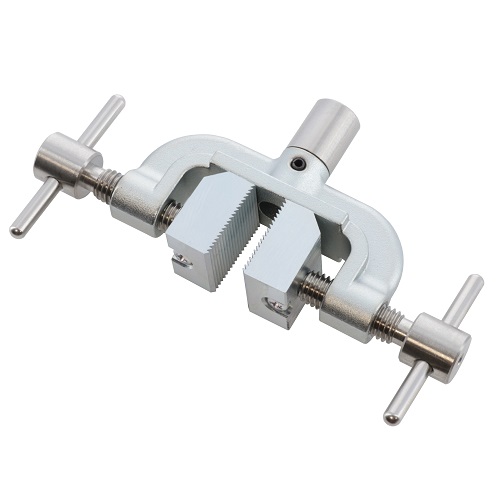 Attachments, Grips & Fixtures
Attachments, Grips & Fixtures
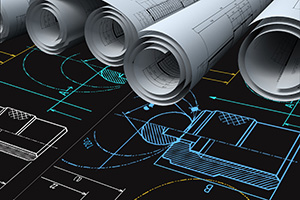 Custom Made
Custom Made
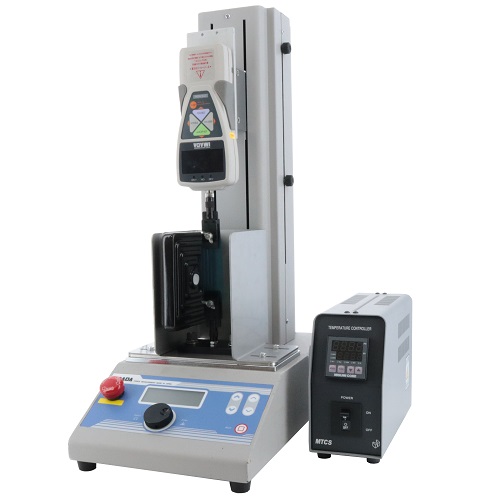 Measurements in Special Environment
Measurements in Special Environment
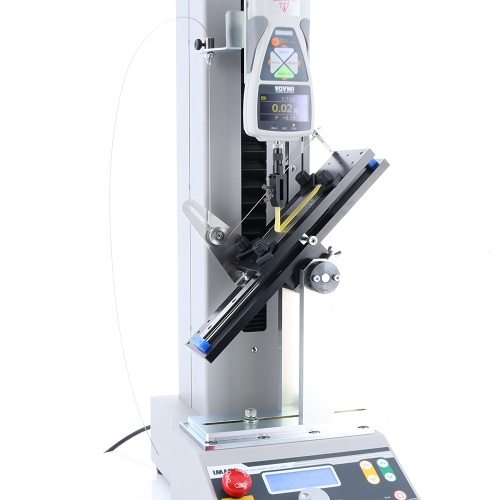 Temperature and Angle Adjustable Peel Tester
Temperature and Angle Adjustable Peel Tester
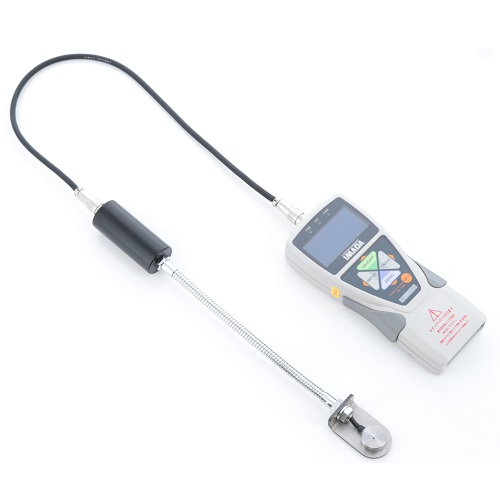 Spot Welding Pressure Gauge
Spot Welding Pressure Gauge
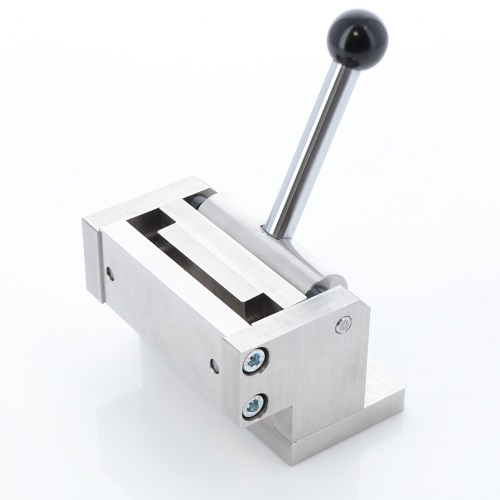 Attachment to Bend Sample 90 Degrees
Attachment to Bend Sample 90 Degrees
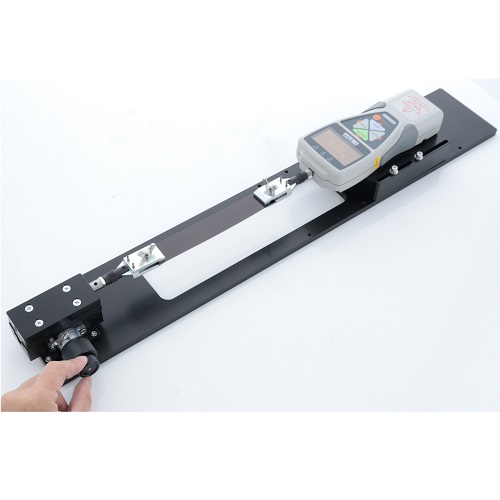 Horizontal Test Stand with Fine Adjustment Knob
Horizontal Test Stand with Fine Adjustment Knob
 Tester With Thermostatic Chamber
Tester With Thermostatic Chamber
 Tester With Far-infrared Heater
Tester With Far-infrared Heater
 Table for Compression Load Cell
Table for Compression Load Cell
 Test Stand for Testing at the Desired Position
Test Stand for Testing at the Desired Position
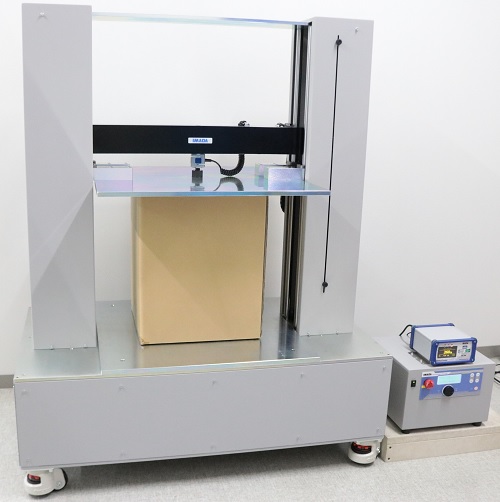 Particular Samples Measurements
Particular Samples Measurements
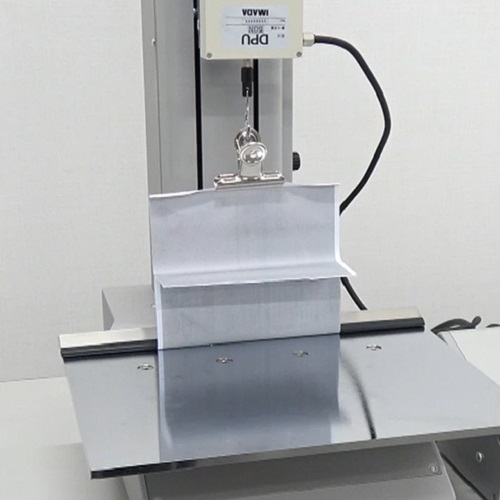 Peel Test Fixture for Crimped Postcard
Peel Test Fixture for Crimped Postcard
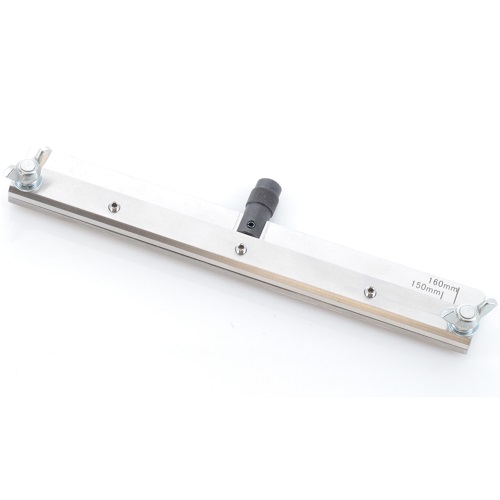 Attachment for Fixing Wide and Thin Materials
Attachment for Fixing Wide and Thin Materials
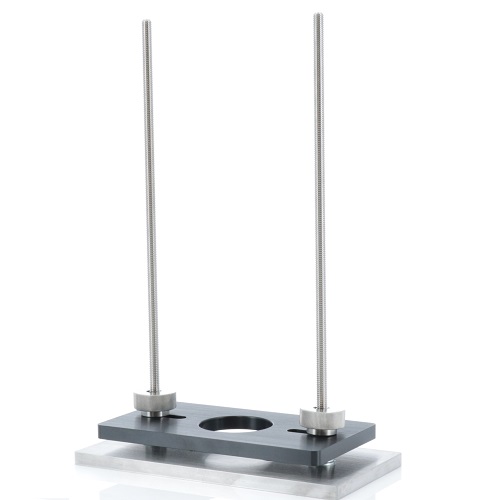 Attachment for Wine Cork Extraction Test
Attachment for Wine Cork Extraction Test
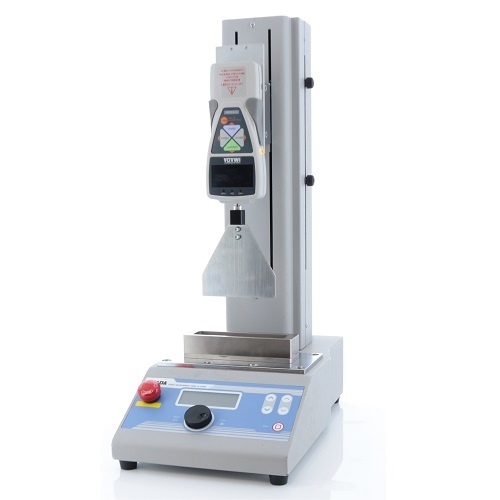 Attachments for 90 degree score bend test
Attachments for 90 degree score bend test
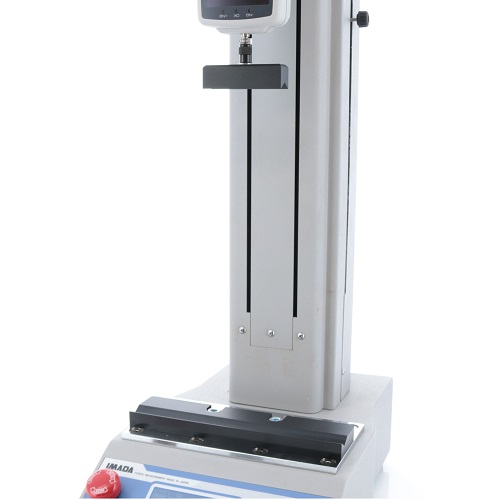 Attachments to measure forces to open flat pack carton
Attachments to measure forces to open flat pack carton
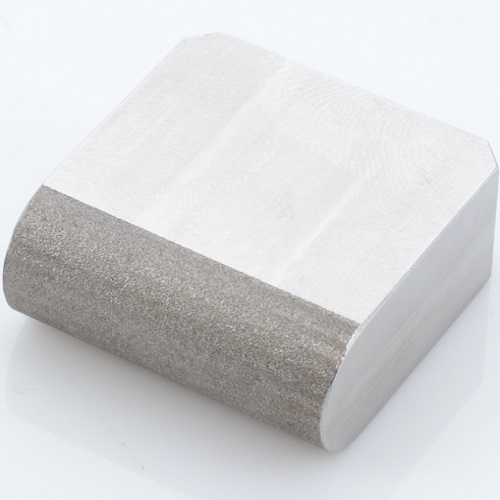 Attachments for break strength testing of lipsticks or lip balms
Attachments for break strength testing of lipsticks or lip balms
 High capacity dual-column motorized test machine for compression test
High capacity dual-column motorized test machine for compression test
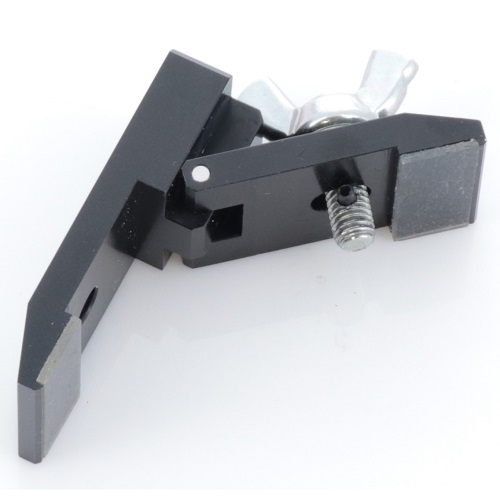 Film Grip with Openable Gripping Part
Film Grip with Openable Gripping Part
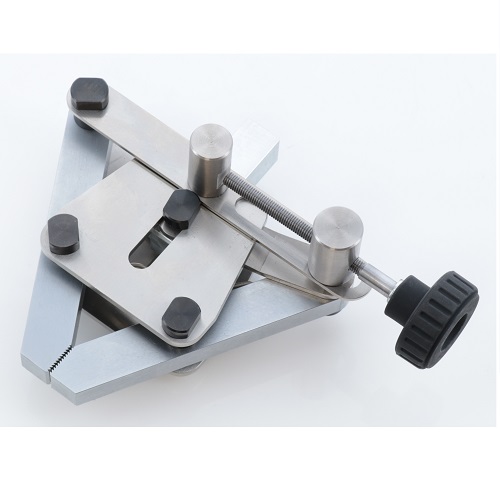 Pantograph Grip with Pressurization Mechanism
Pantograph Grip with Pressurization Mechanism
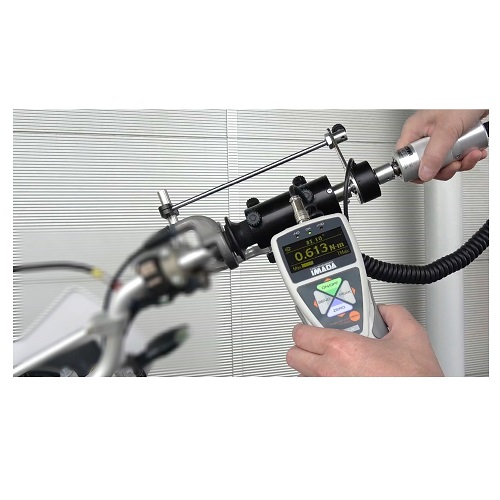 Motorcycle Accelerator Torque Test Fixture
Motorcycle Accelerator Torque Test Fixture
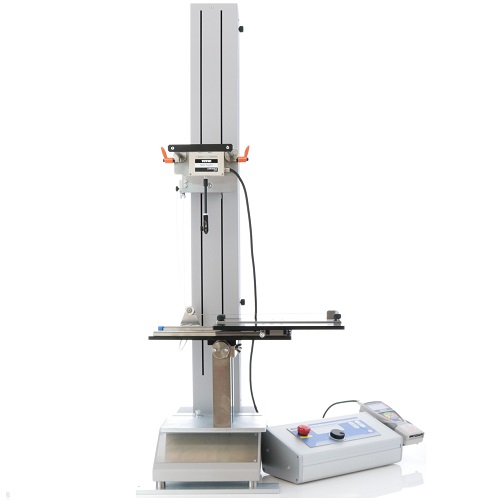 Peel Test Fixture for Solar Cell Ribbon
Peel Test Fixture for Solar Cell Ribbon
 Test Stand With Large Table
Test Stand With Large Table
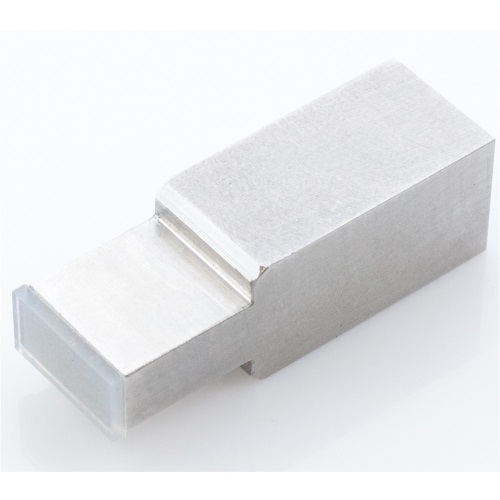 Compression Test Attachment for LCD Panel
Compression Test Attachment for LCD Panel
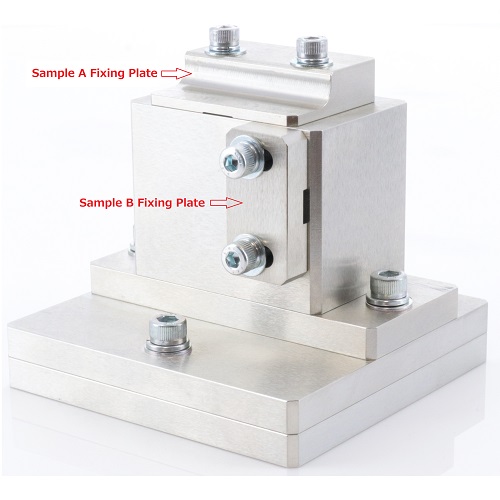 L-shaped Sample Fixture
L-shaped Sample Fixture
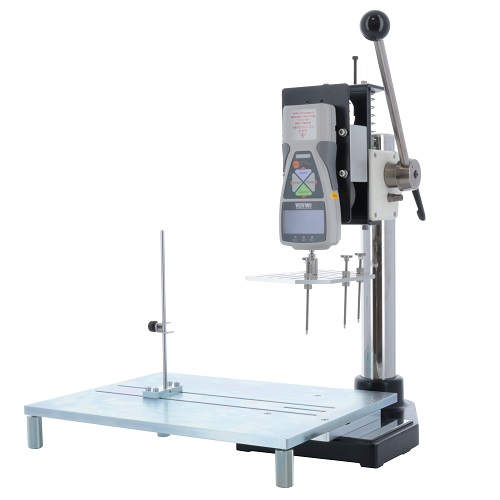 Attachment for Opening/Closing Force Test of Takeout Container Lid
Attachment for Opening/Closing Force Test of Takeout Container Lid
 Attachment for Squeezing Force Test of Eye Drop Bottles
Attachment for Squeezing Force Test of Eye Drop Bottles
 Compression Test Attachment for Squeeze Tube
Compression Test Attachment for Squeeze Tube
 Attachment for Welded Nut Tension Test
Attachment for Welded Nut Tension Test
 Attachment for Tube Tension Strength Test
Attachment for Tube Tension Strength Test
 Attachment for Hard-to-Grip Samples
Attachment for Hard-to-Grip Samples
 Attachment for Compression Test of Nasal Spray
Attachment for Compression Test of Nasal Spray
 Individually Adjustable Torque Chuck Attachment
Individually Adjustable Torque Chuck Attachment
 Resistance Force Measurement jig for Hair Combing Test
Resistance Force Measurement jig for Hair Combing Test
 Attachment for Lateral Compression Test of Cup Containers
Attachment for Lateral Compression Test of Cup Containers
 Water-Proof Shield for Motorized Torque Test Stand
Water-Proof Shield for Motorized Torque Test Stand
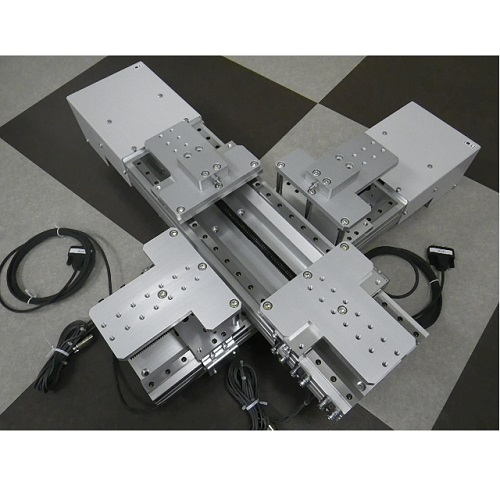 Biaxial Tension Tester
Biaxial Tension Tester
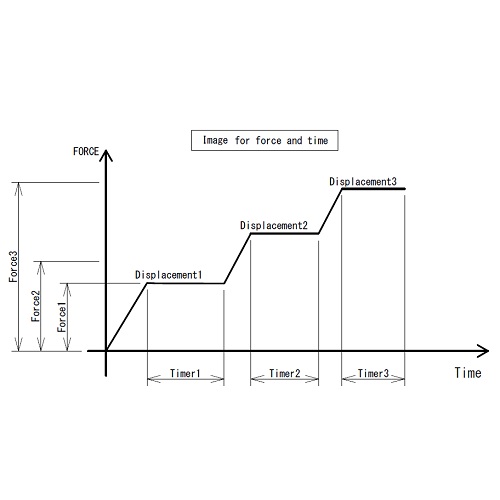 Resize & Modification
Resize & Modification
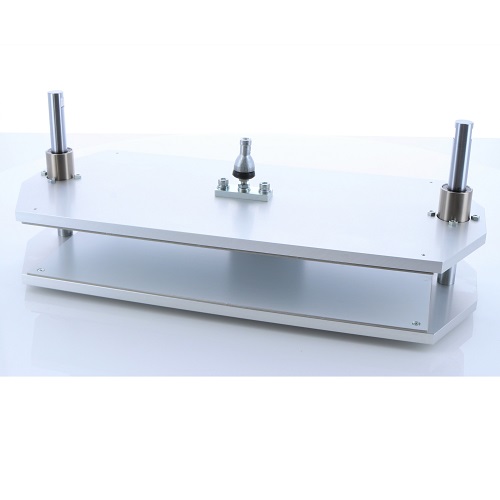 Press Test Fixture (Wide Size)
Press Test Fixture (Wide Size)
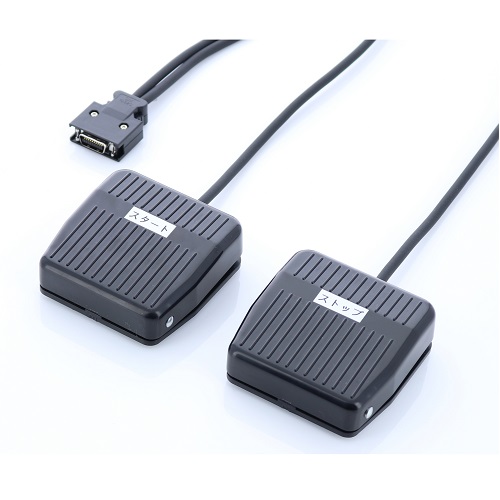 Remote Control Switch for Motorized Test Stand
Remote Control Switch for Motorized Test Stand
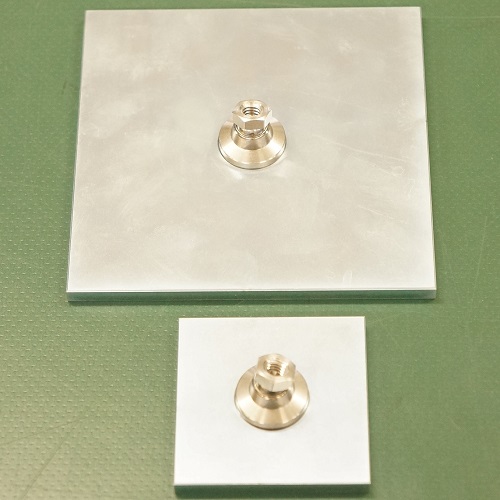 Semi-Customized Compression Attachments
Semi-Customized Compression Attachments
 Large Size of Compression Tester
Large Size of Compression Tester
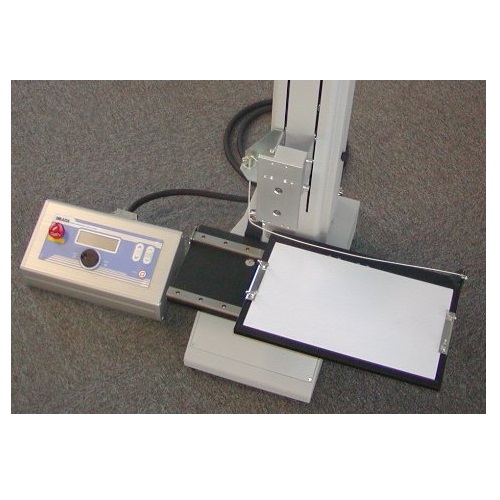 Large Size of 90 Degree Peel Tester
Large Size of 90 Degree Peel Tester
 Force Control Cable with Signal Output Box
Force Control Cable with Signal Output Box
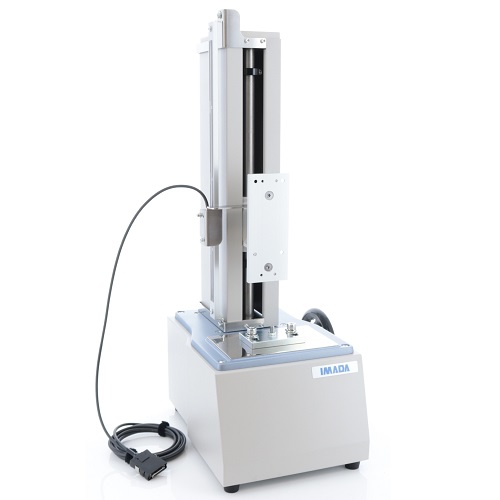 Manual Test Stand with Displacement Output Option
Manual Test Stand with Displacement Output Option
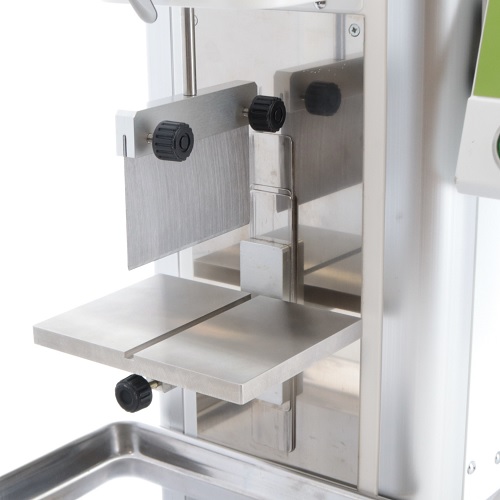 Cutting Base Plate with groove and knife edge probe
Cutting Base Plate with groove and knife edge probe
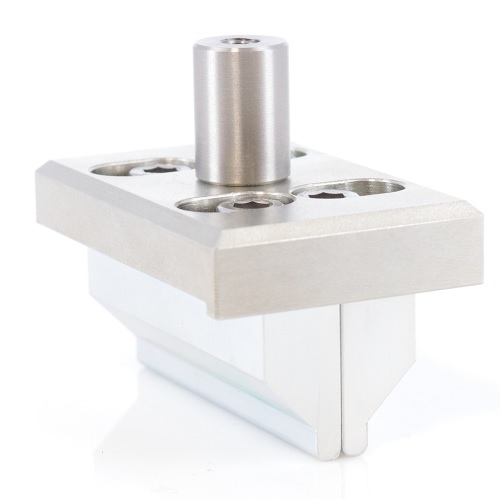 Upper attachment for 4-point bending test
Upper attachment for 4-point bending test
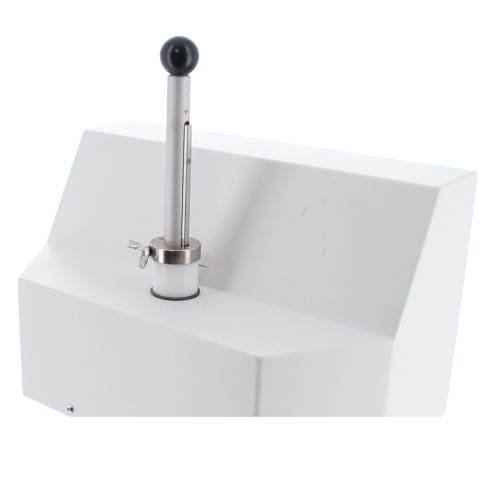 Main shaft stopper with a butterfly screw for MTS series
Main shaft stopper with a butterfly screw for MTS series
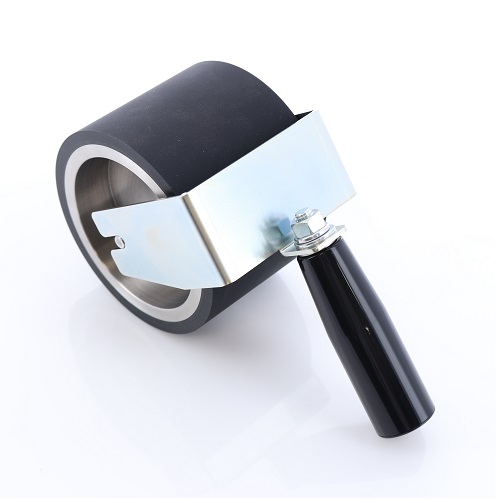 Wide Rubber Roller for Peel Test
Wide Rubber Roller for Peel Test
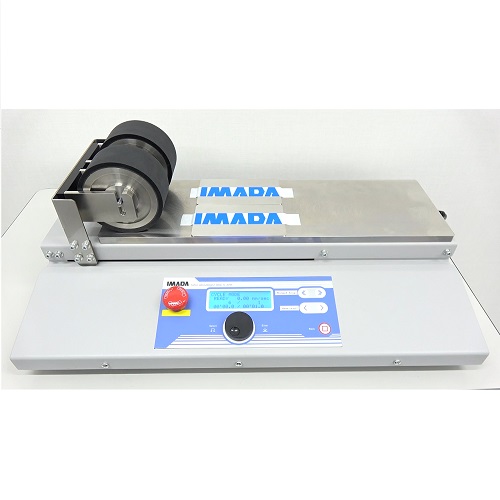 Motorized Rubber Roller for Peel Test
Motorized Rubber Roller for Peel Test
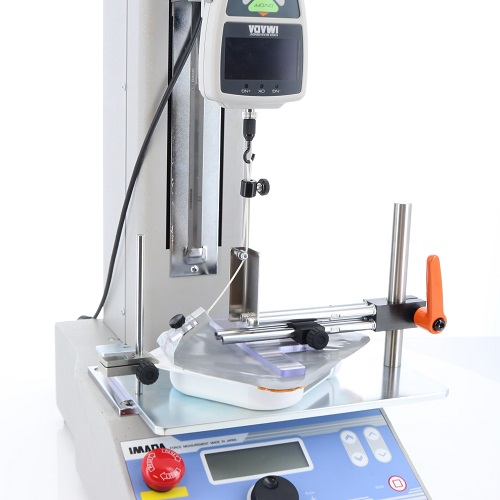 Peel Fixture for Packaged Cooked Rice Lid
Peel Fixture for Packaged Cooked Rice Lid
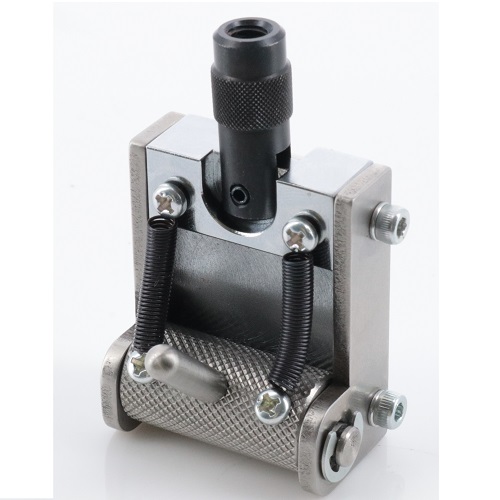 Cam grip with spring
Cam grip with spring
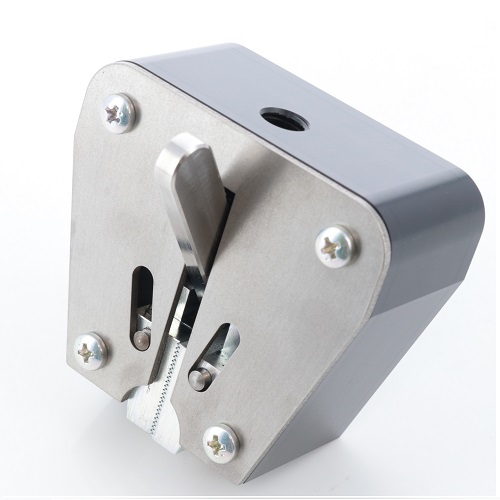 Wedge Grip Without Adaptor
Wedge Grip Without Adaptor
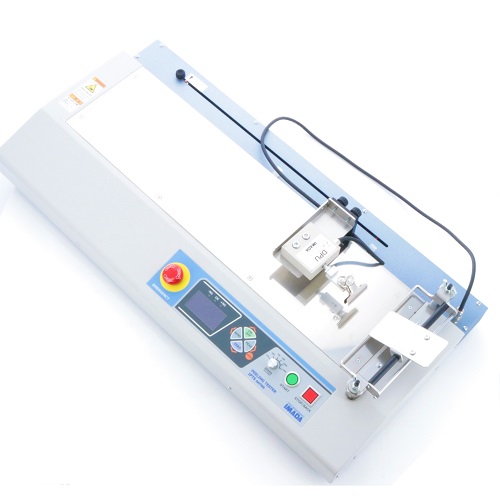 Customized Peeling Tester
Customized Peeling Tester
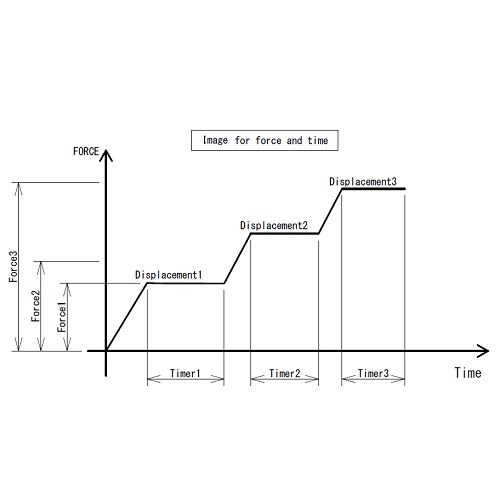 Test Stand with 3-stage Force/Displacement setting/holding function
Test Stand with 3-stage Force/Displacement setting/holding function
 Torque Stand Shaft for Child Proof Lock Measurement
Torque Stand Shaft for Child Proof Lock Measurement
 90 degree Peel Test Jig (High Capacity Type)
90 degree Peel Test Jig (High Capacity Type)
 Tabletop Force Gauge Calibration Unit (High Capacity Type)
Tabletop Force Gauge Calibration Unit (High Capacity Type)
 One-touch toggle clamp for Coefficient of Friction Fixture
One-touch toggle clamp for Coefficient of Friction Fixture
 Compact Motorized Test Stand
Compact Motorized Test Stand
 Tube Fixing Jig
Tube Fixing Jig
 Visualized Film Chuck
Visualized Film Chuck
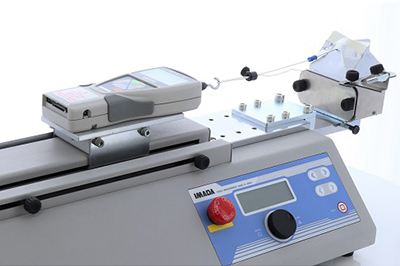 Standards-Compliant Measurement
Standards-Compliant Measurement
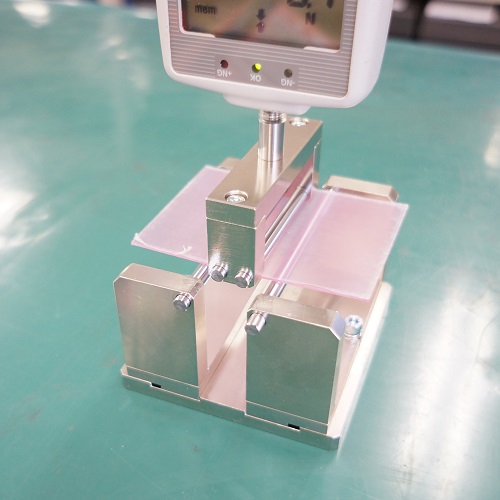 ISO 14704: 2000 Fine Ceramics 4-Point Bend Tester
ISO 14704: 2000 Fine Ceramics 4-Point Bend Tester
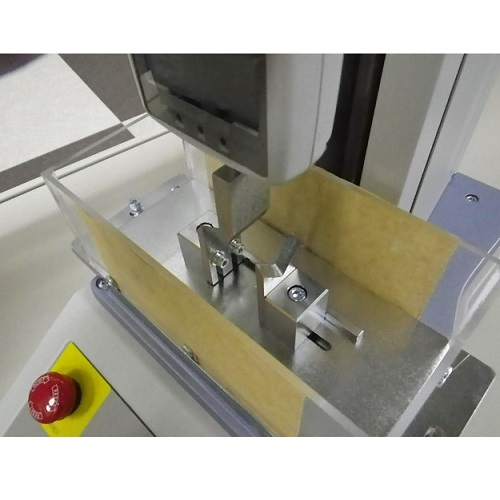 Ampoule 3-Point Bend Tester
Ampoule 3-Point Bend Tester
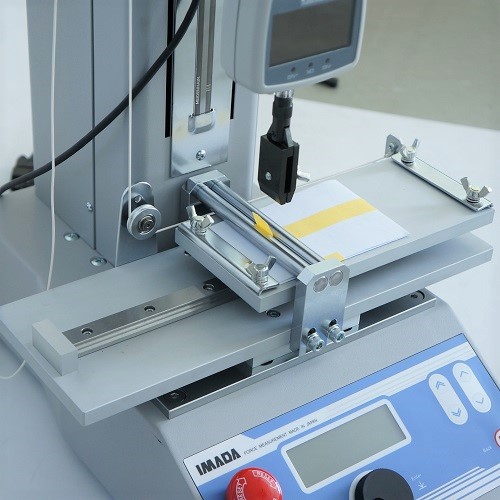 ISO/IEC 10373-1: 2006 Peel Tester of Identification Card
ISO/IEC 10373-1: 2006 Peel Tester of Identification Card
 ISO 17480: 2015 Peel Tester for Gable-Top Package
ISO 17480: 2015 Peel Tester for Gable-Top Package
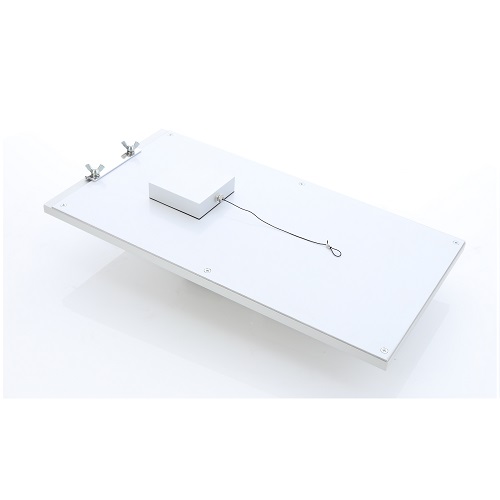 ASTM D1894: 2014 Coefficient of Friction (COF) Tester
ASTM D1894: 2014 Coefficient of Friction (COF) Tester
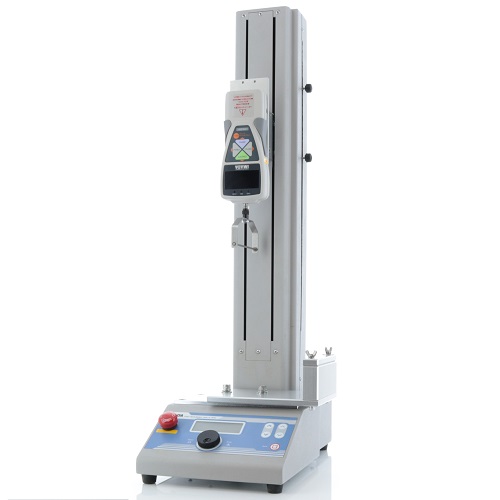 Attachments for score bend test
Attachments for score bend test
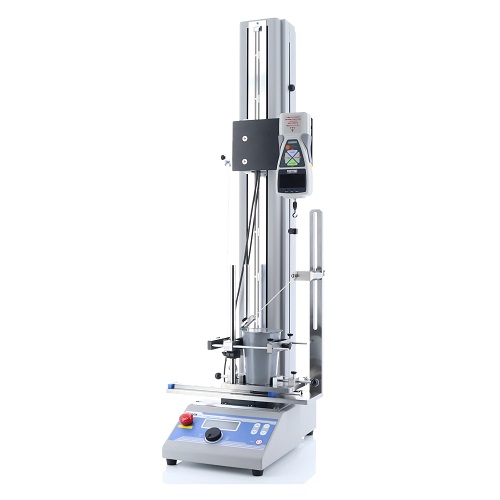 ISO 17480: 2015 45 Degree Complete Peel Test Fixture for Container Lid
ISO 17480: 2015 45 Degree Complete Peel Test Fixture for Container Lid
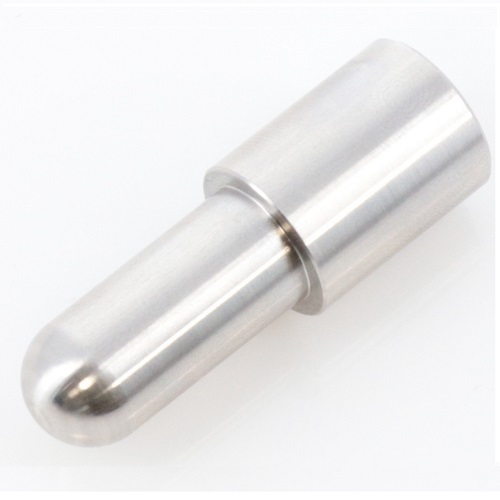 IEC 61010-1 (2010) Spherical Jig for Compression Testing
IEC 61010-1 (2010) Spherical Jig for Compression Testing
 ASTM D4032(Withdrawn 2025)Standard Test Attachment for Fabric Stiffness by Circular Bend Procedure
ASTM D4032(Withdrawn 2025)Standard Test Attachment for Fabric Stiffness by Circular Bend Procedure
 Peel Test Jig for Gable-Topped Package (No sample cut type)
Peel Test Jig for Gable-Topped Package (No sample cut type)







